Best 360 camera 2025: the finest choices for capturing every angle
Capture everything around you in 360-degrees
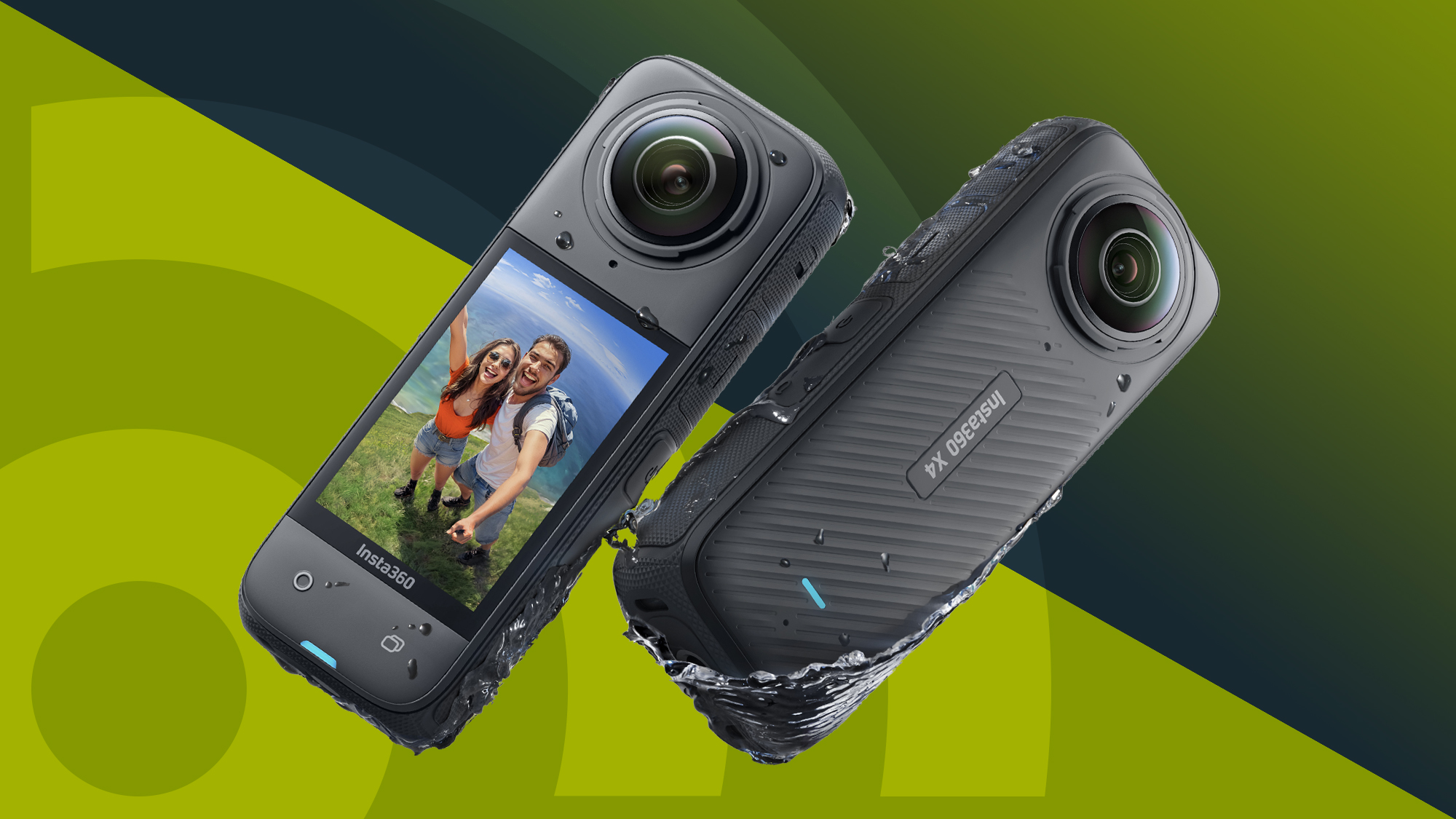
If you don’t want to miss a thing, you need a 360 camera. With a pair of lenses facing in opposite directions, the best 360 cameras shoot and stitch spherical video. This means you can capture unique perspectives and crop in on action after the fact. We’ve tested every 360 camera worth considering in 2025 and recommended our favorites in this round-up.
Insta360 is the biggest name in 360 cameras and its latest flagship is the top option here. Given a rare five stars in our full review, the X4 stands out for several reasons. It can shoot smooth 8K video in the round or 4K 60fps footage using a single lens. It also supports wireless mics and has an intuitive interface. We think it’s one of the best vlogging cameras, while waterproofing also puts it up there with the best action cameras. It’s not the only option, though.
We’ve tried to cover all bases below, with more budget-friendly options such as the Insta360 X3, as well as the older GoPro Max (whose successor is still a work in progress). Each entry is a summary of our real-world testing, distilling the honest feedback of our expert team.
The quick list
If you want a shortcut to the best 360 degree cameras, the round-up below will give you an instant overview of our favorite options. When you find one that fits your requirements, you can use the links beneath each entry to jump down to our full summaries.
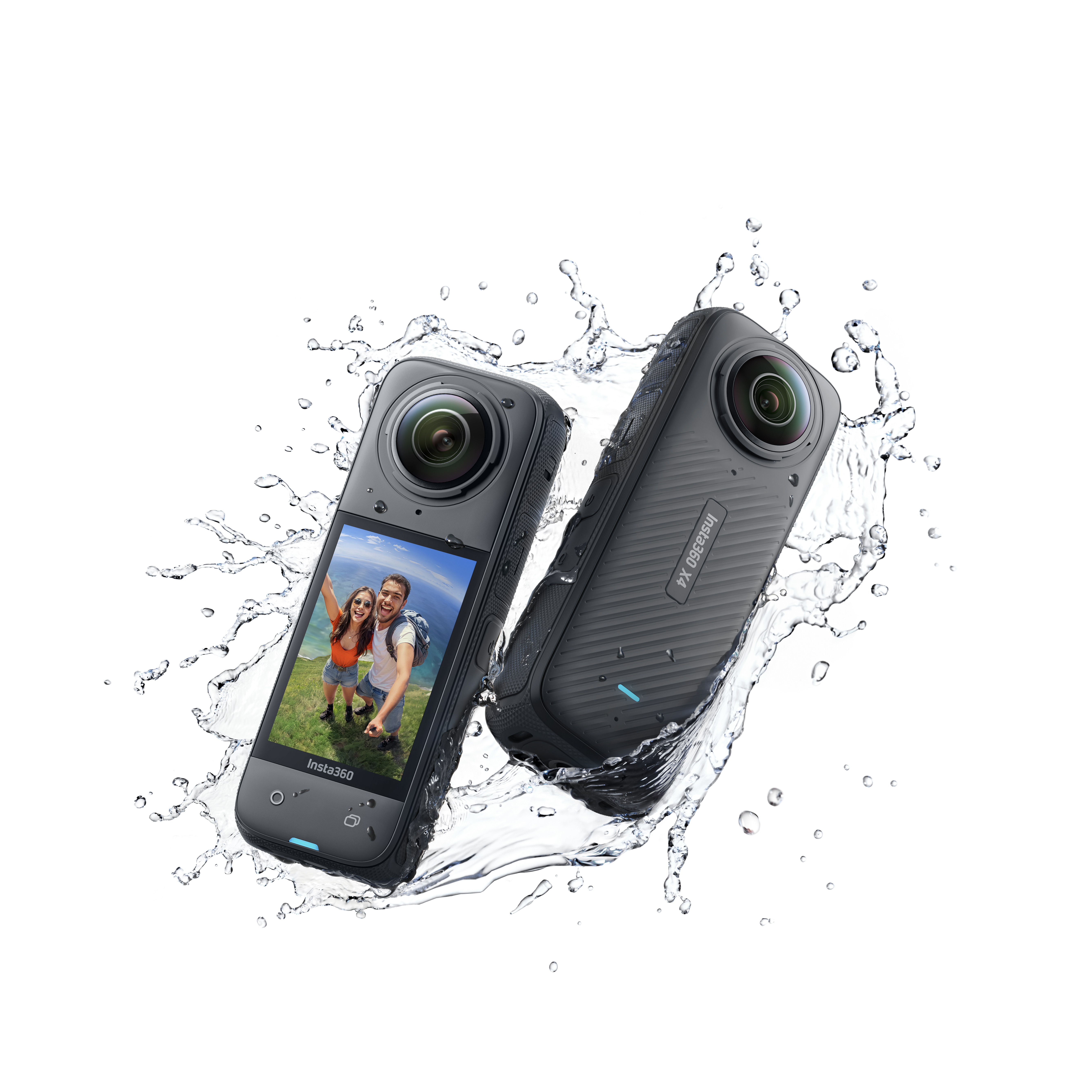
The best 360 degree camera overall
Industry-leading 8K 360 degree footage, superb 4K singel camera mode and improved battery life, the X4 is the best 360-degree camera available.
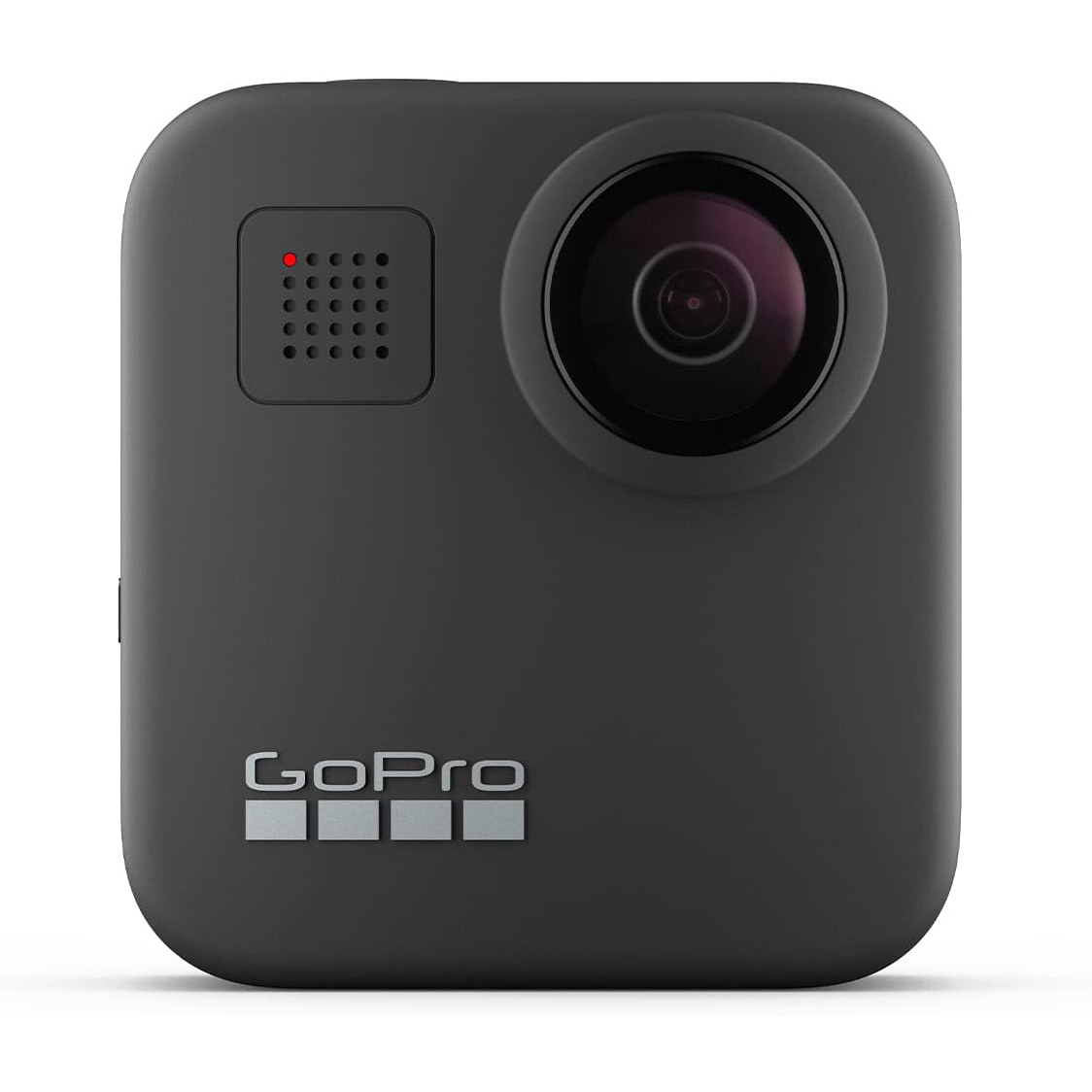
The best 360 degree camera for stabilization
GoPro's superior HyperSmooth stabilization works a treat when capturing fast moving action such as sports and outdoor escapades.

The best 360 degree camera for detail
Buy this camera for its unbeatable 8K video quality, though we wish its user experience of its supporting app was better.
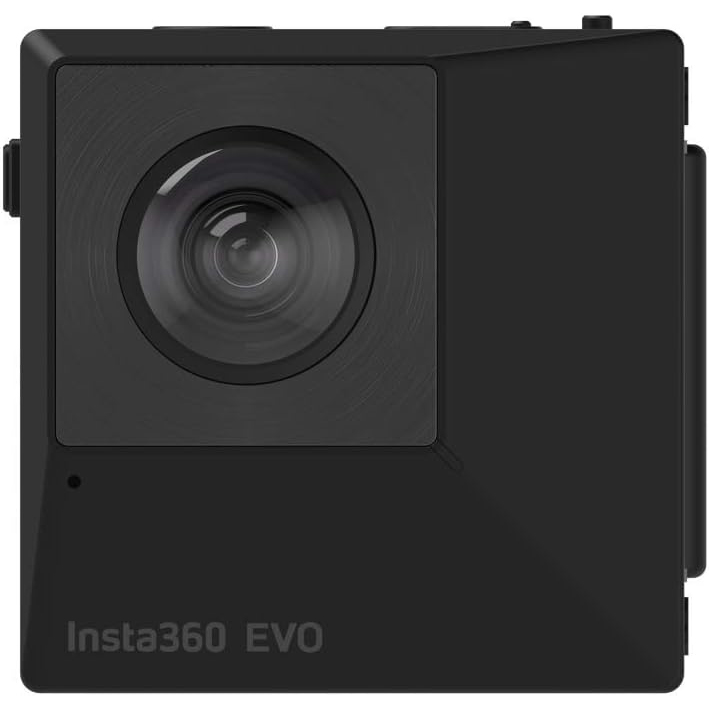
The best 360 degree camera for 3D VR
Thanks to its hinged design, the Insta360 Evo can capture 3D VR content across an 180 degree field of view. A perfect solution when paired with a VR headset.
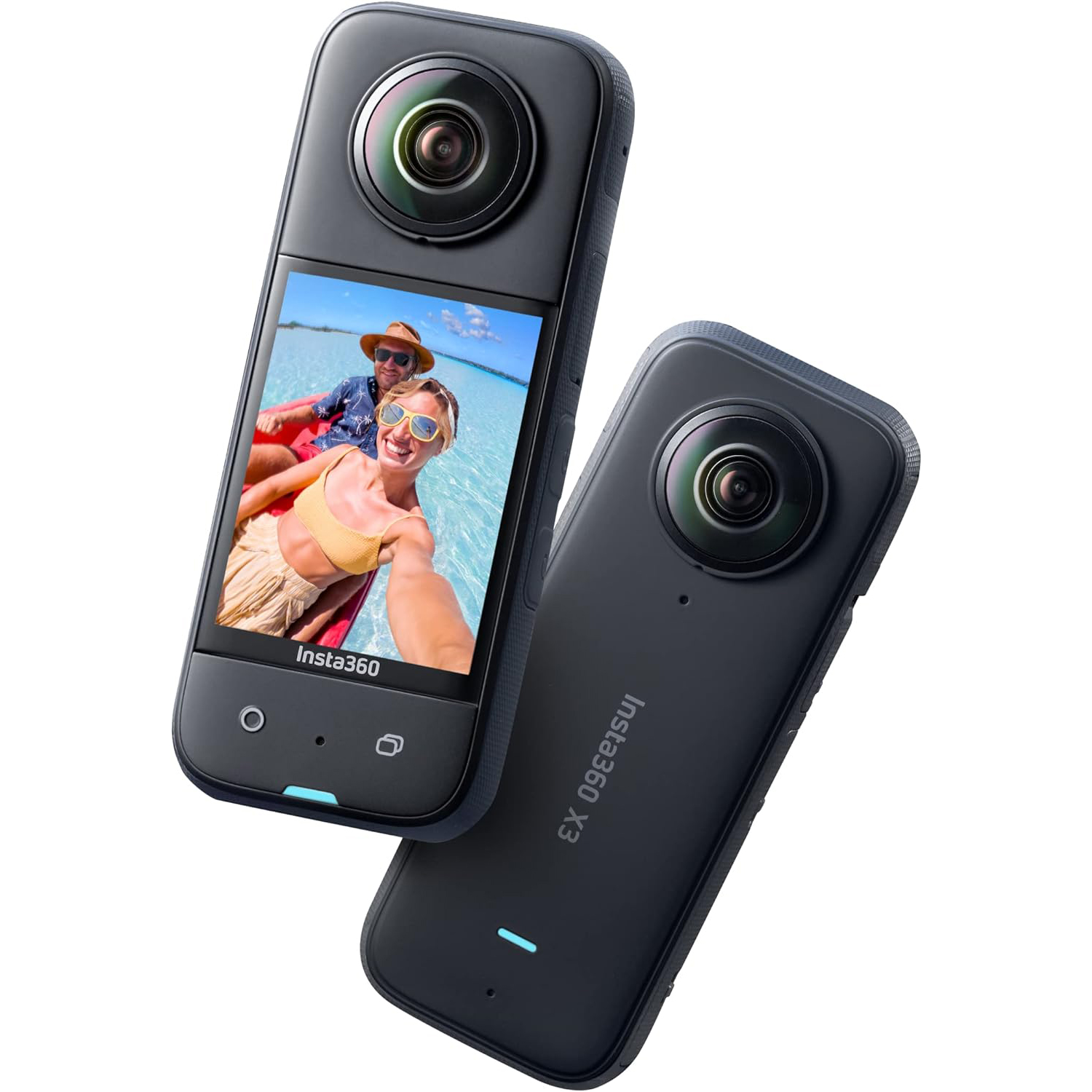
Best value
With superb 5.7K 360 degree footage, Active HDR for retaining highlights, and great image stabilization, this is the best value option.
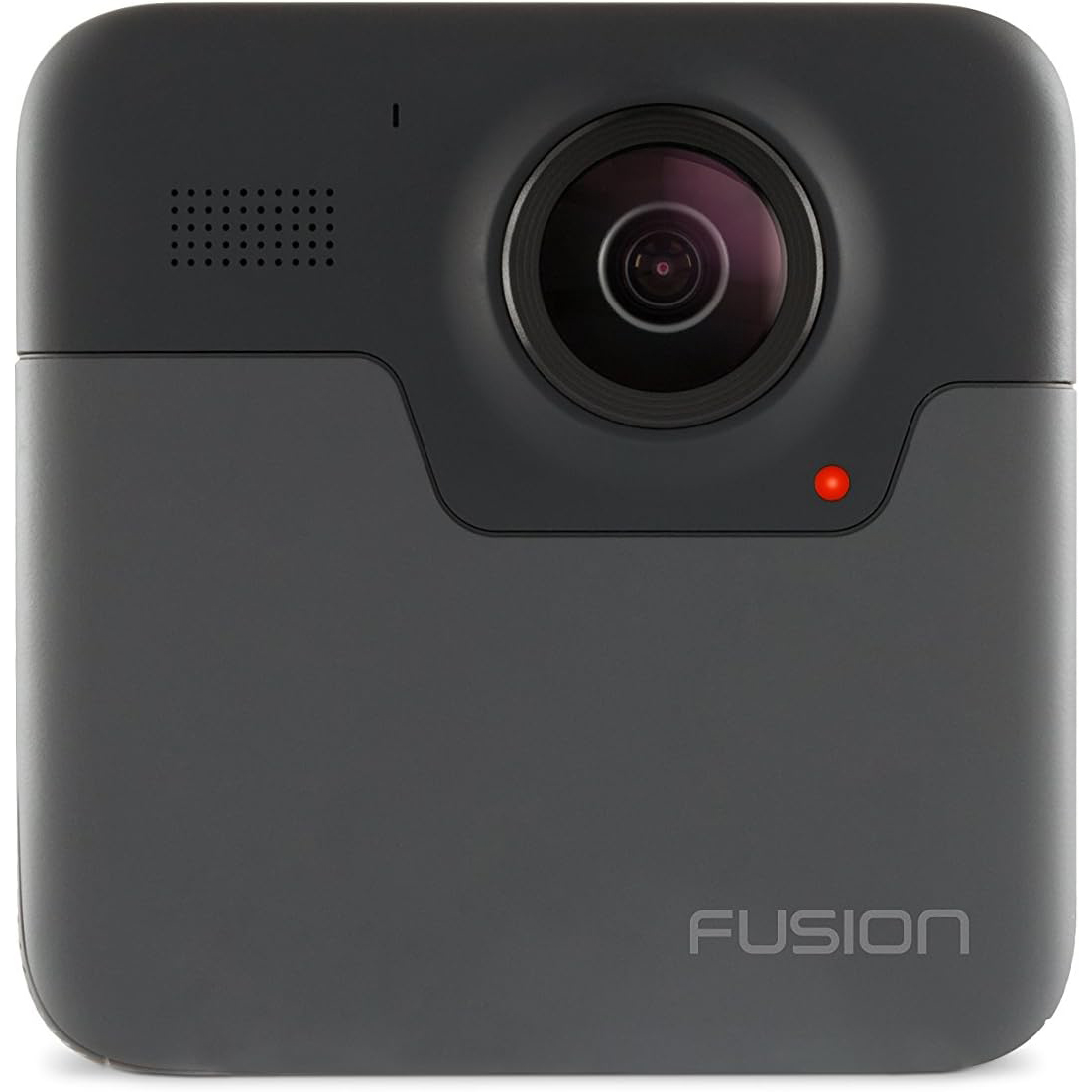
The best cheap waterproof 360 degree camera
With waterproof capabilities down to 5m (16') this is a great option if you're regularly shooting around water.

Tim is TechRadar's Cameras editor, with over 15 years in the photo video industry and most of those in the world of tech journalism, Tim has developed a deeply technical knowledge and practical experience with all things camera related. Tim notes; "Smartphones may have taken a huge bite out of the point-and-shoot camera market, but 360 degree cameras offer unique photo and video features that help them continue to standout in 2025."
The best 360 degree cameras for 2025
Why you can trust TechRadar
Below you'll find full write-ups for each of the best 360 degree cameras in our list. We've tested each one extensively, so you can be sure that our recommendations can be trusted.
The best 360 degree camera overall
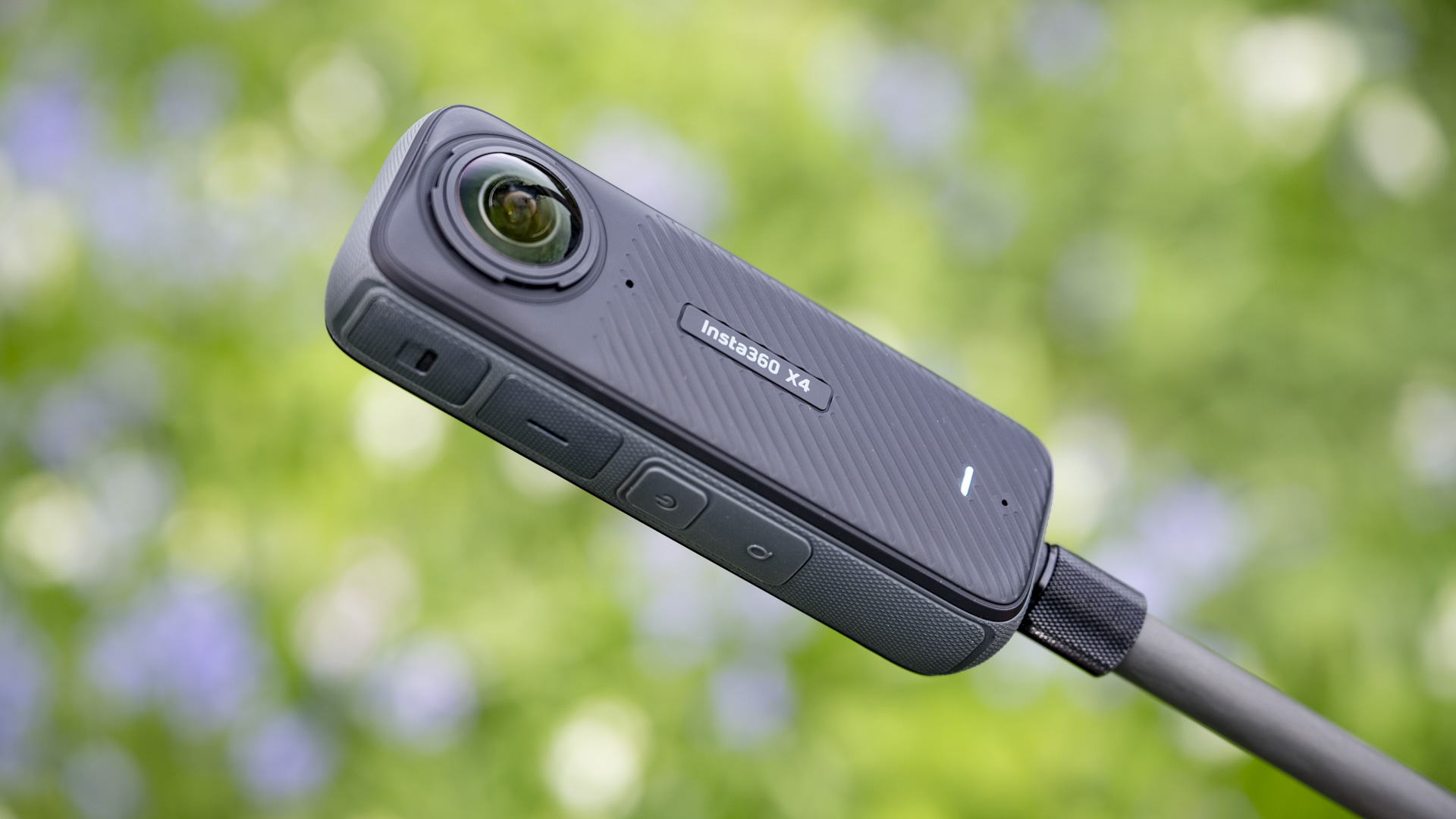
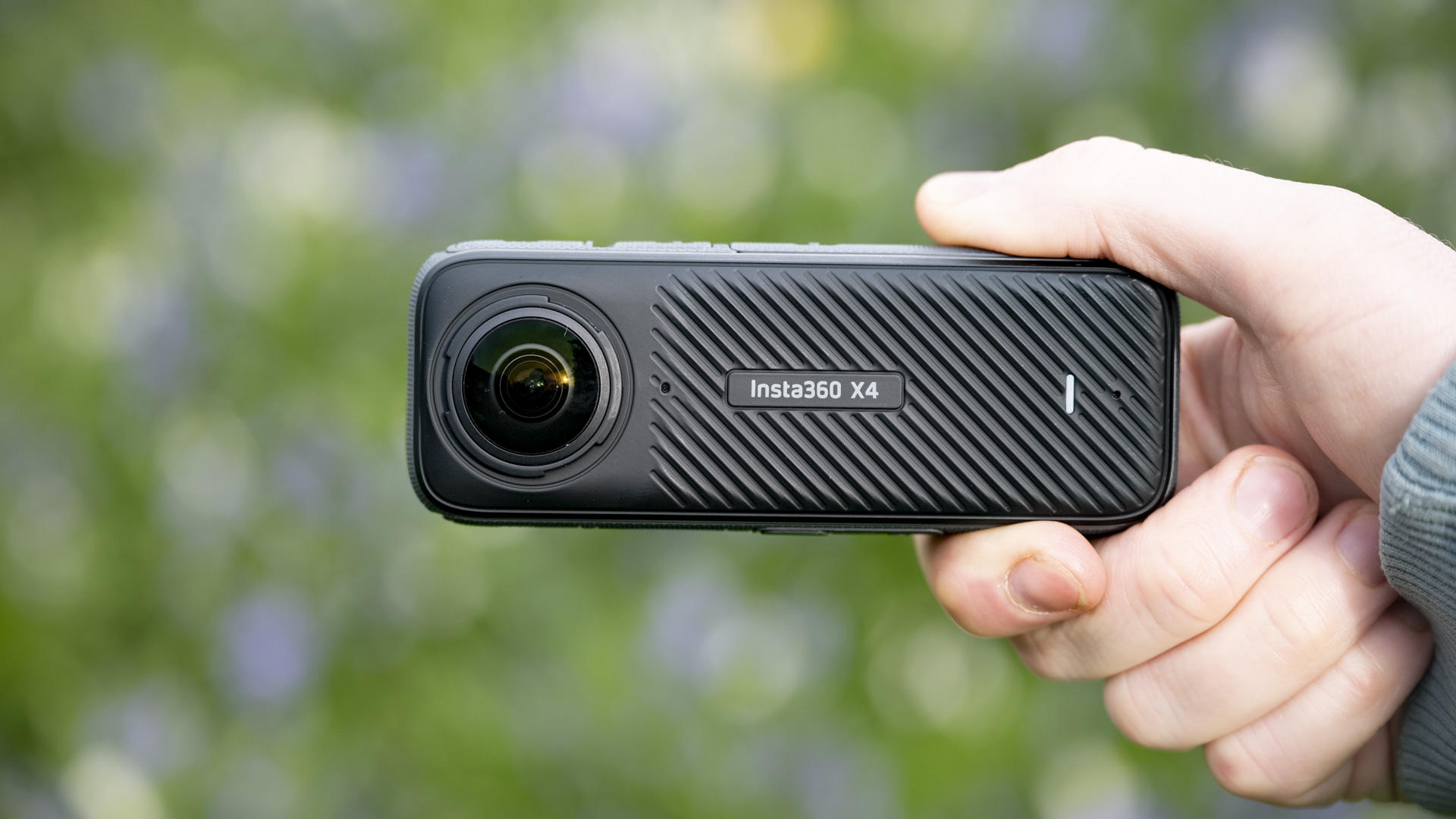
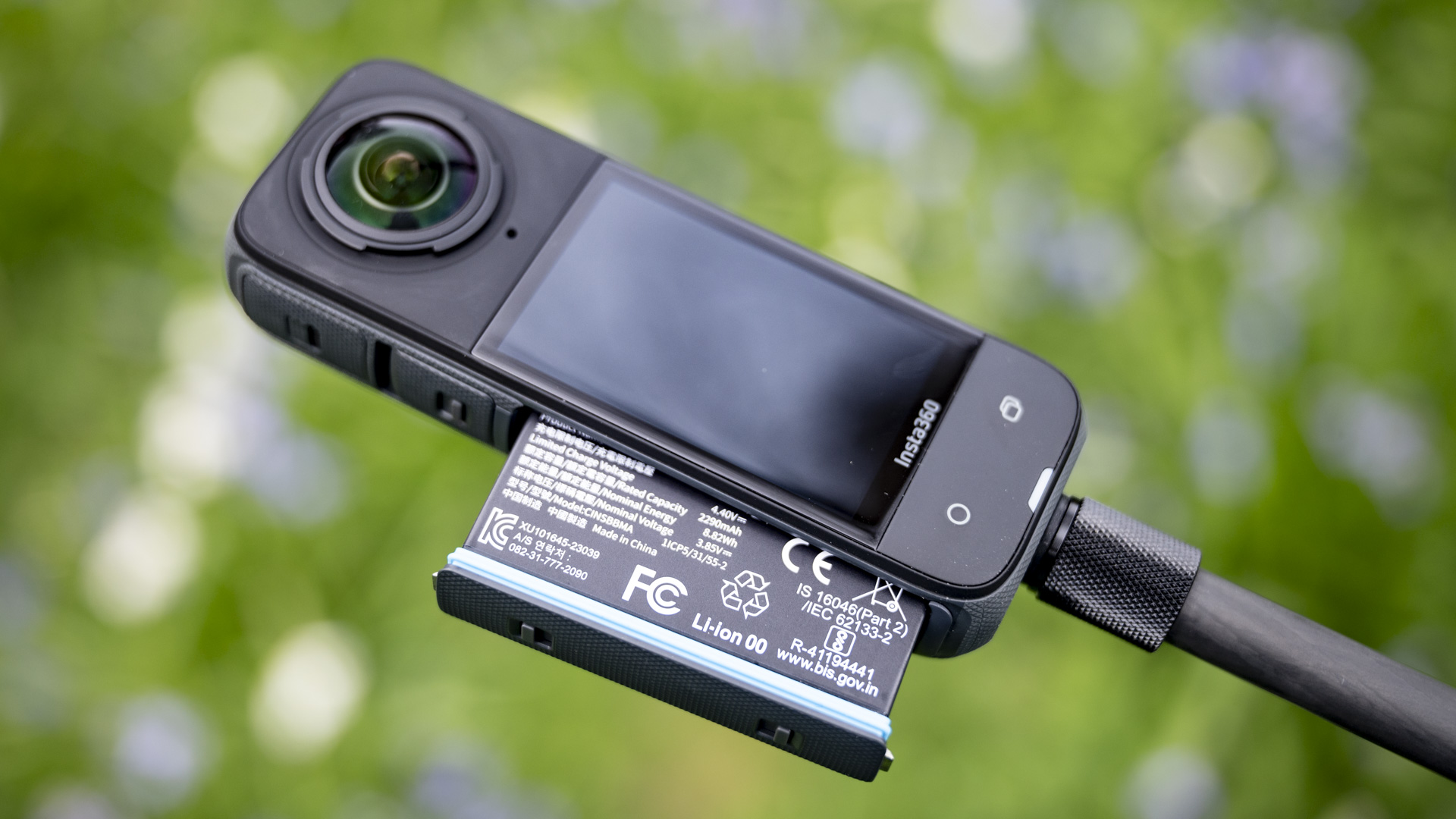
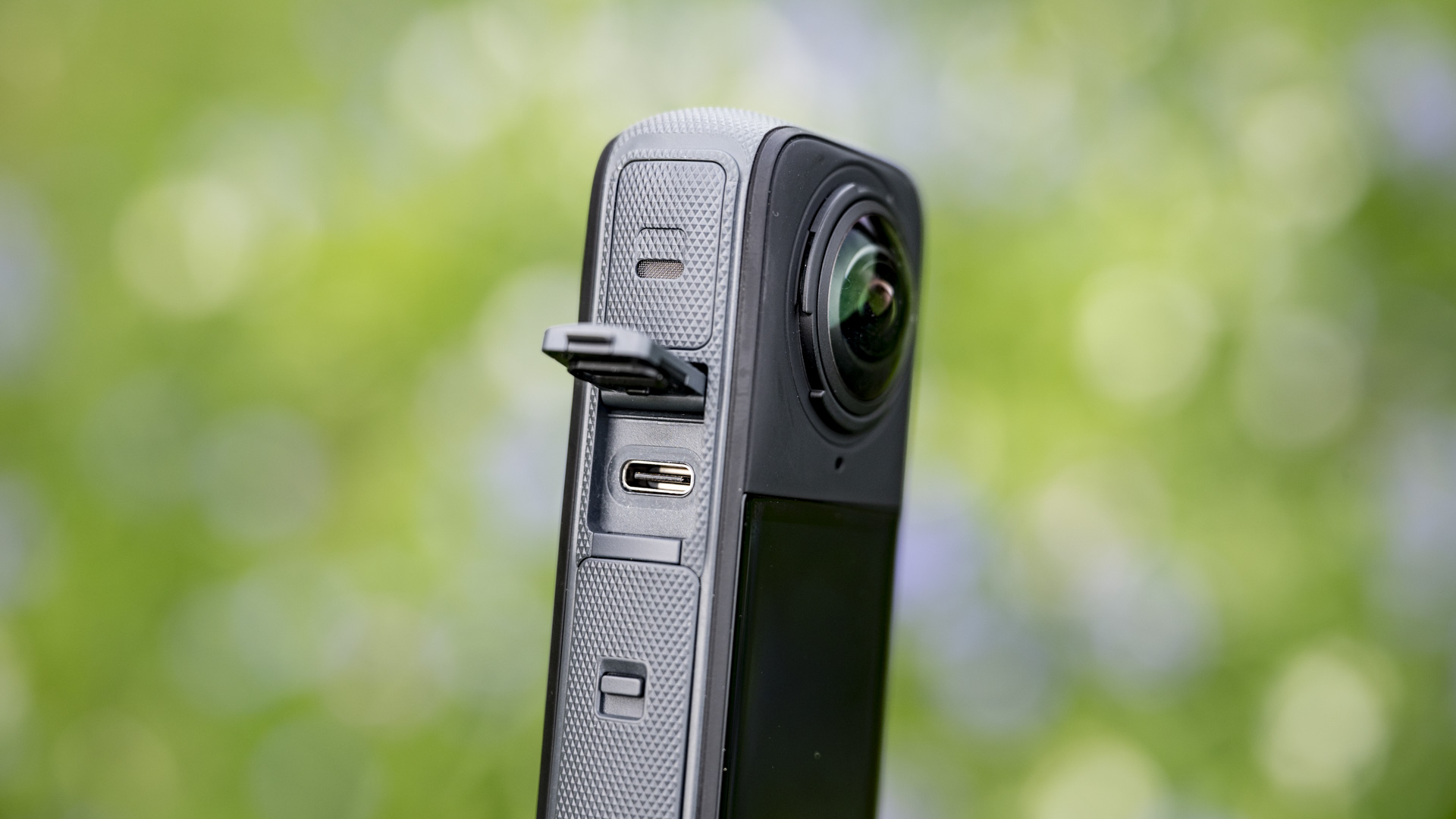
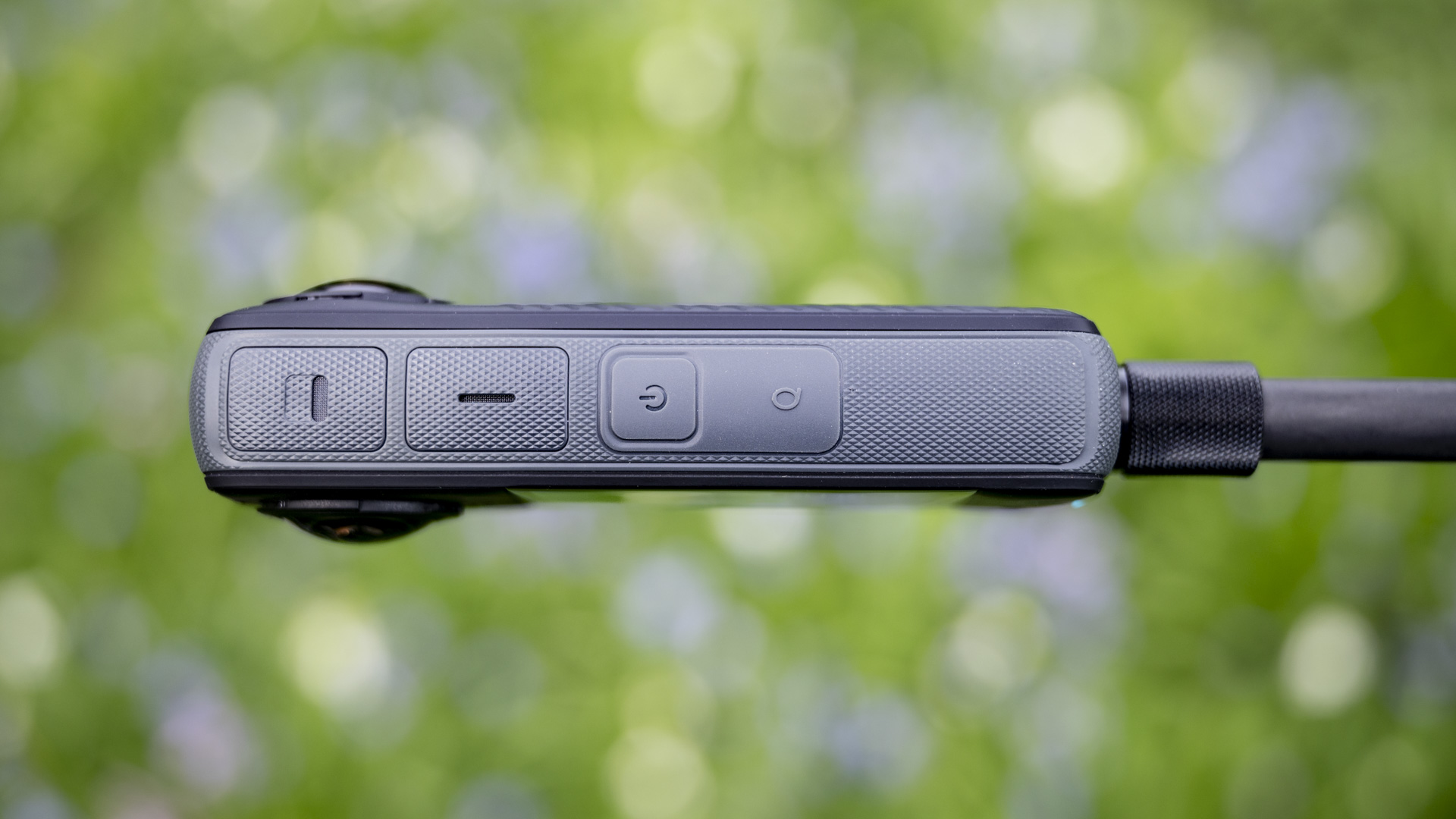
Specifications
Reasons to buy
Reasons to avoid
Insta360 X4 sample video
✅ You want a multi-purpose 360-degree camera: 8K 360-degrees, 4K 60p single camera, waterproof – the X4 can be many things.
✅ You need decent battery life: Upped to 135-minutes, the X4 battery life is unmatched.
❌ You don't need 8K: 8K resolution is super handy for 360-degree video, but not everyone needs that degree of detail.
❌ You're on a budget: It's excellent value considering what it can do, but the X4 is pricier than alternatives.
An upgrade to our previous favorite, the Insta360 X4 is a worthy successor and a super versatile pocket camera. It can shoot 8K 360-degree video, packs a powerful single camera 4K 60p mode, plus it's waterproof up to 10m. You also get decent Bluetooth connectivity which means you can pair mics external mics such as the DJI Mic 2 for improved audio, even though the improved in-camera mics are already decent. All those factors considered, the X4 can be your 360-degree, action and vlogging camera all rolled into one, able to create video content that your smartphone simply can't do.
Improvements over the X3 include a larger 2.5-inch touchscreen with super user-friendly control, a larger capacity 2290mAh battery that ups battery life to 135-minutes from a full charge, plus the lens protectors can now screw in and out of place. There's all the best bits from before too, such as Active HDR which works a treat for retaining detail in highlights, superb FlowState image stabilization and Horizon Lock. The editing experience is always improving too, making quick edits of your 360-degree content a breeze, including those fun shooting modes such as hyperlapse and bullet time. All things considered, the X4 has become our favorite additional camera to a smartphone.
Read our in-depth Insta360 X4 review
The best 360 degree camera for stabilization
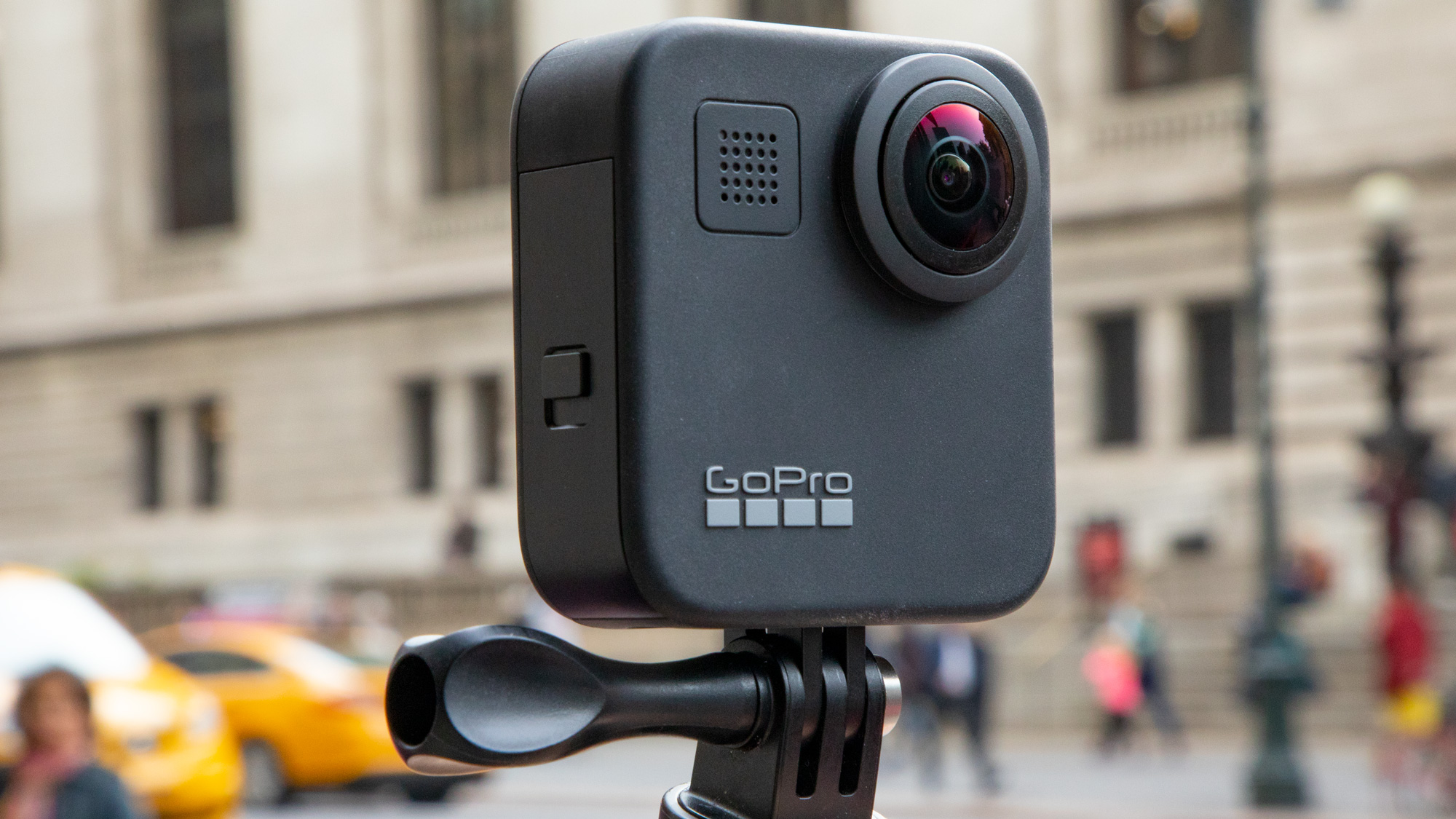
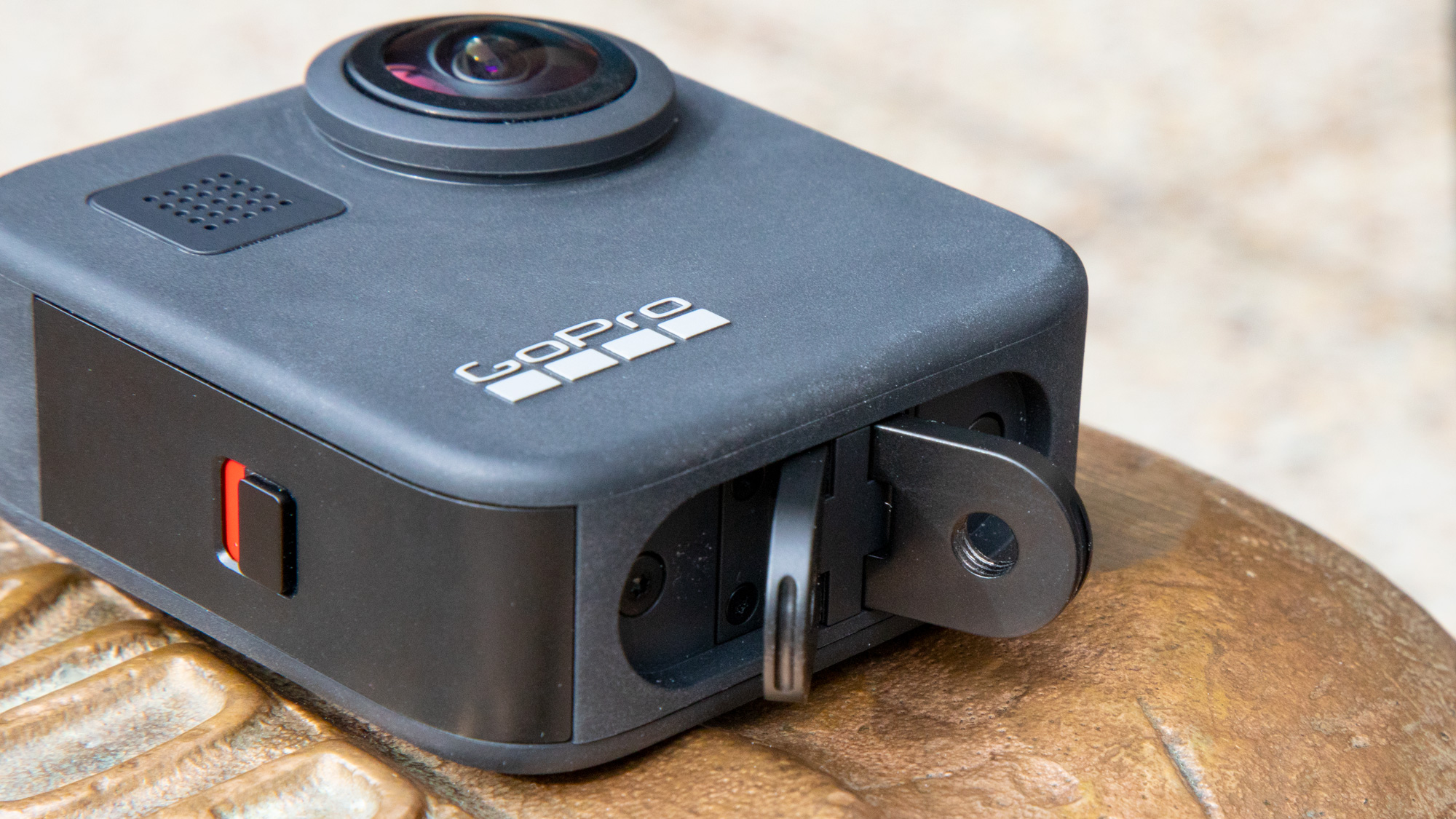
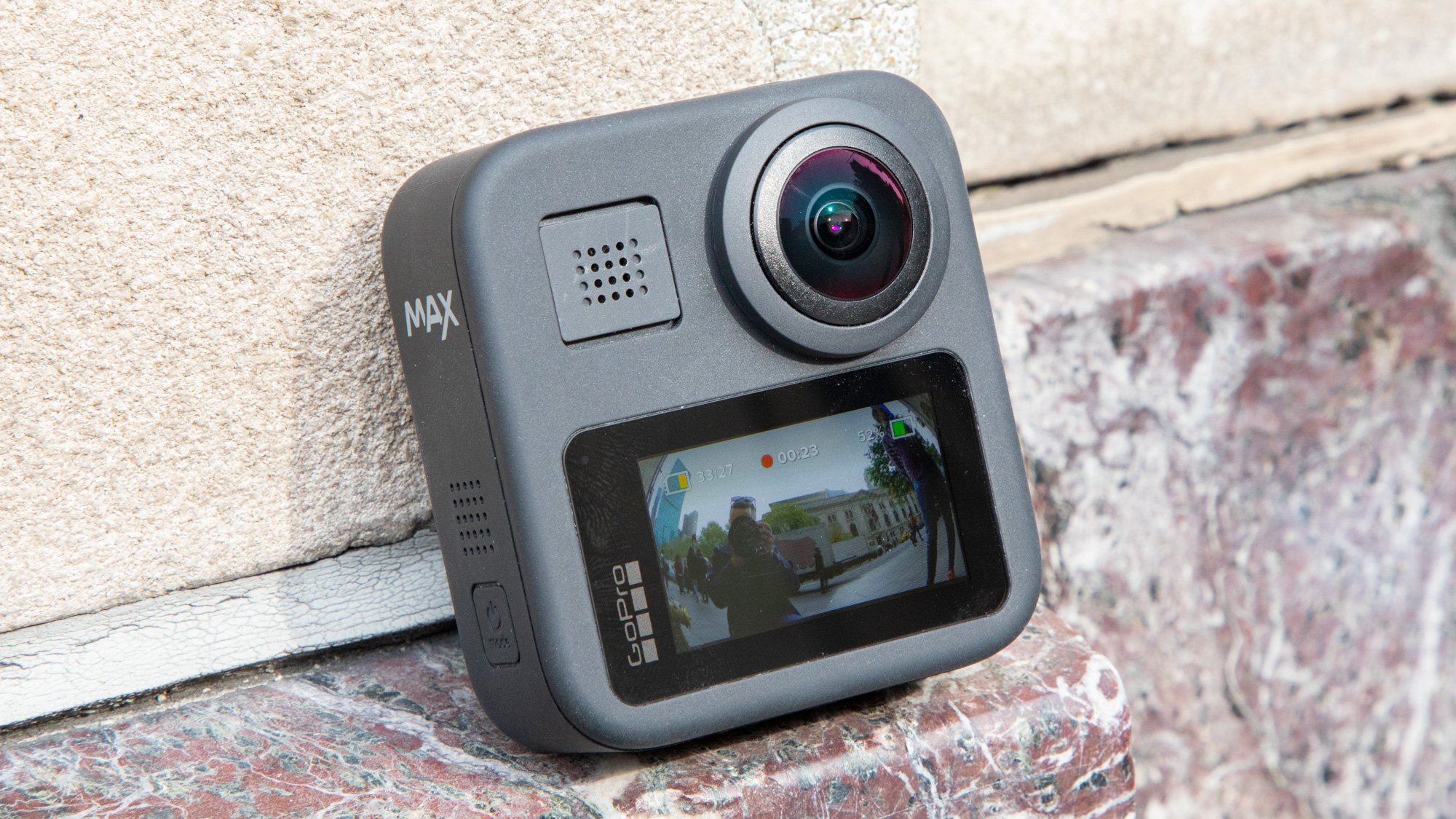
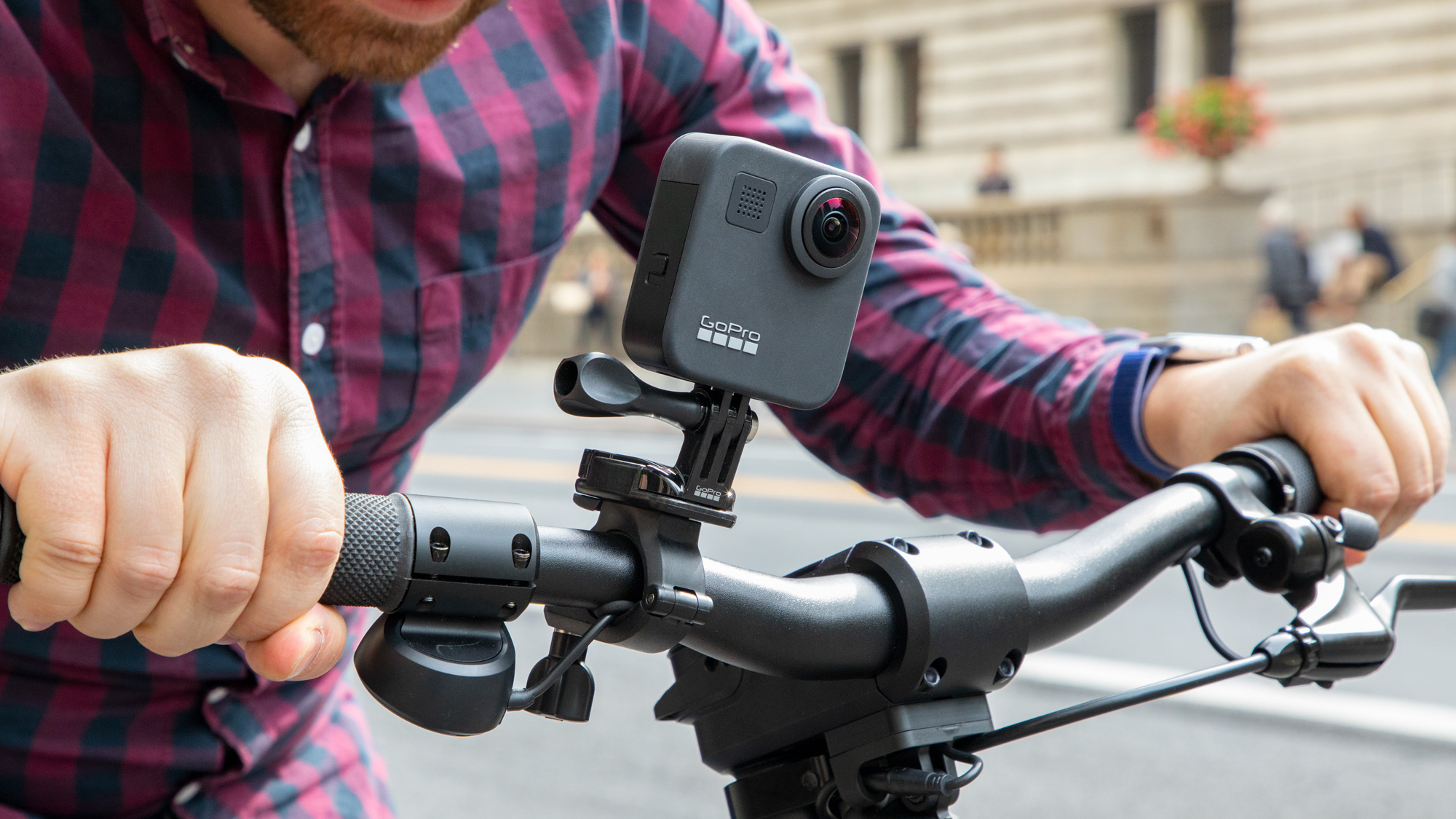

Specifications
Reasons to buy
Reasons to avoid
GoPro Max sample video
✅ You want video reframing: Editing and reframing tools in the GoPro smartphone app makes it possible to crop footage after shooting.
✅ You need image stabilization: Fast moving action can be stabilized with great in-camera technology.
❌ You are shooting in low-light: The sensor size and technology results in a disappointing level of noise in the shadows.
❌ You need shooting mode variety: The lack of shooting modes is a real limitation that restricts the type of footage that can be captured.
If you're looking to shoot immersive videos of sporting escapades or outdoor adventures, then the GoPro Max is a good alternative to the Insta360 One X2 close. It's waterproof down to five meters without needing a case, and the editing workflow is slick and simple. If you want to turn your 360-degree video into a traditional 2D film – which is one of the main benefits of 360 cams – the app's OverCapture software lets you do this easily, as long as your happy with the final footage being in Full HD.
The Max also amps up many of the features seen on the GoPro's Hero action cams, including superior HyperSmooth stabilization and 360-degree TimeWarp sequences. The slightly sub-par 2D video footage (which is the result of it being converted from a fish-eye images) means the Max falls short of being the ultimate GoPro for both 360 and standard footage. But it's a fantastic option for anyone who wants to shoot action sequences in every direction without the hassle of deciding where to point their action camera, then edit it together quickly later.
Read our in-depth GoPro Max review
The best 360 degree camera for detail

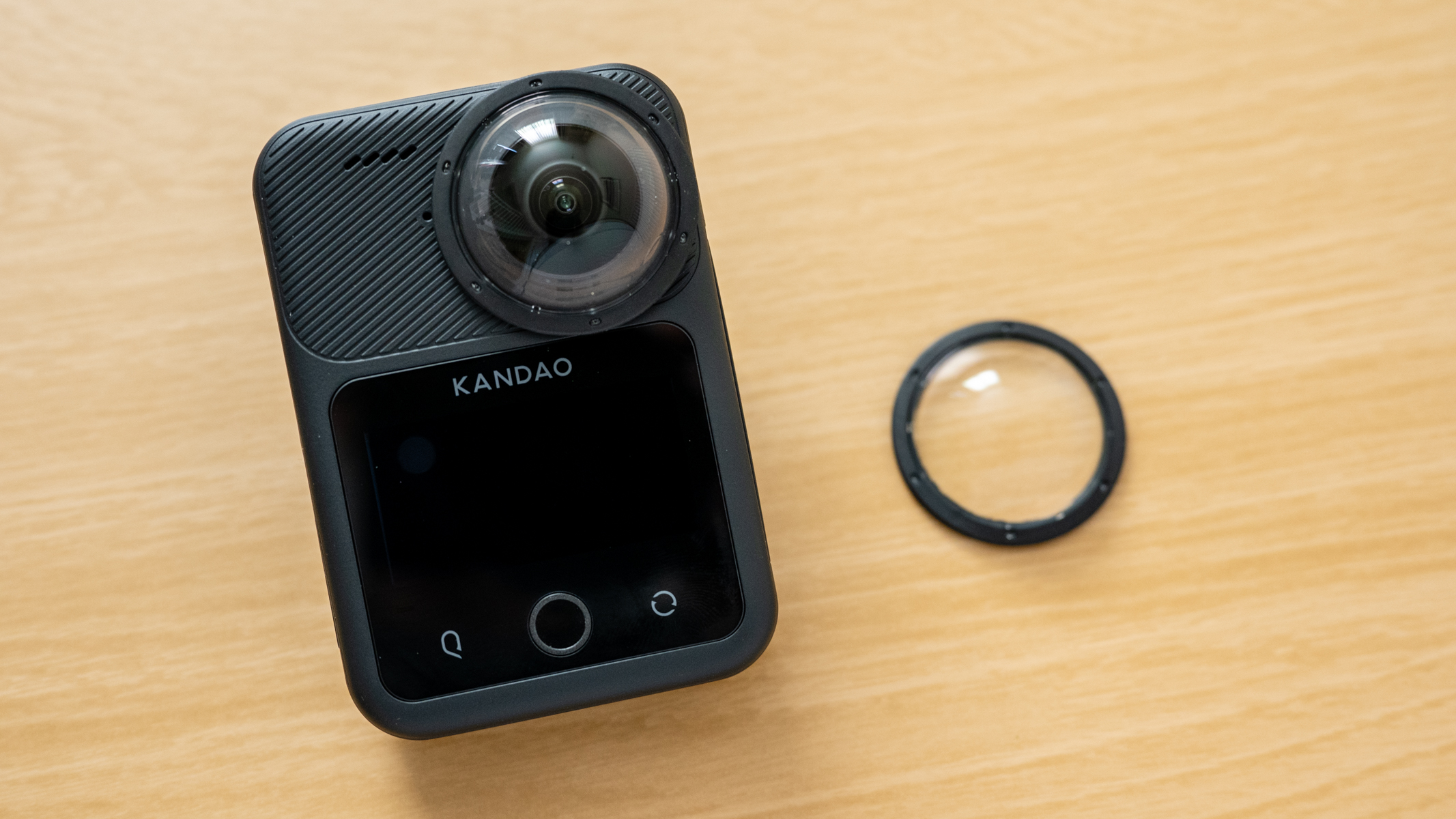
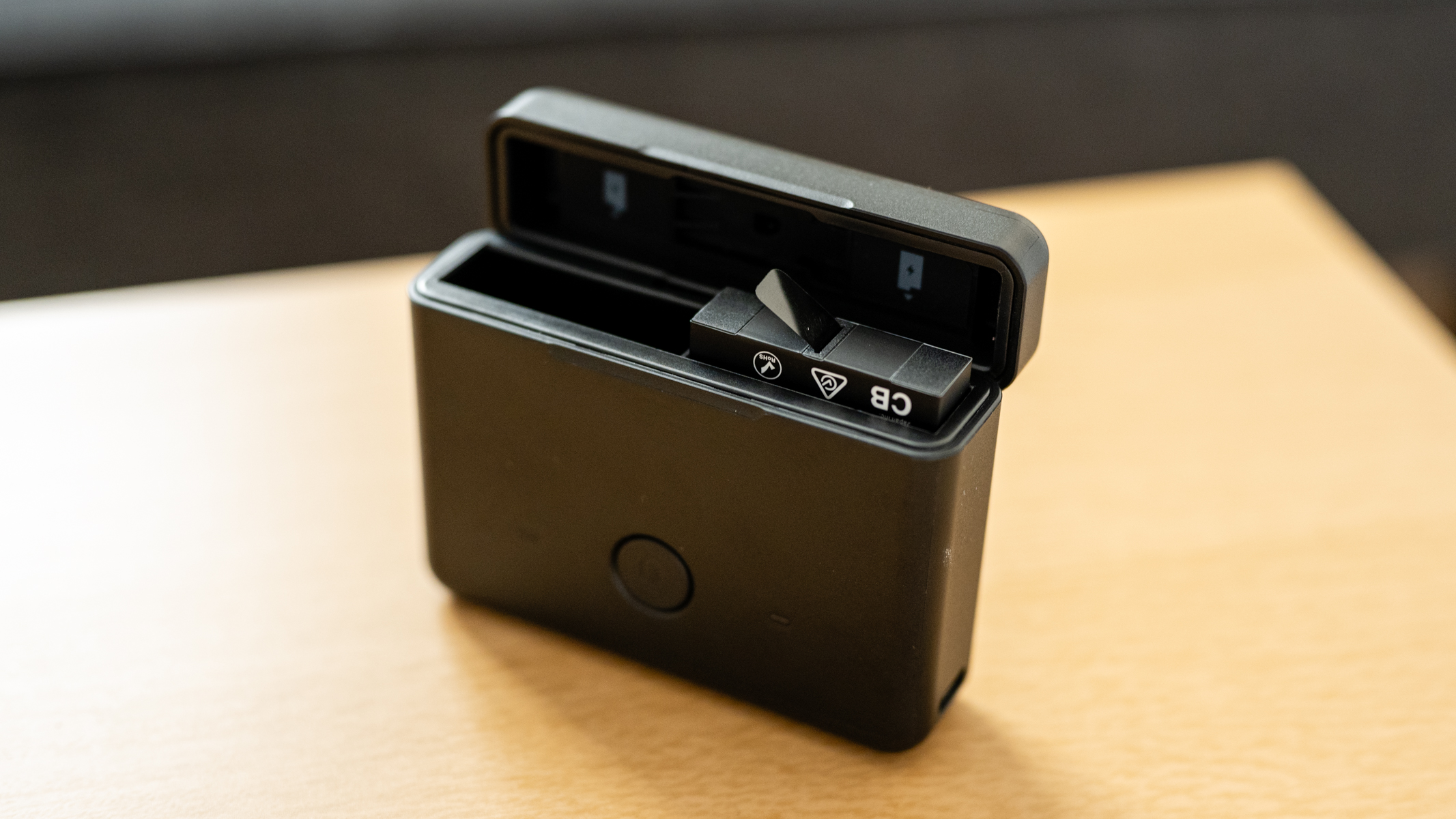
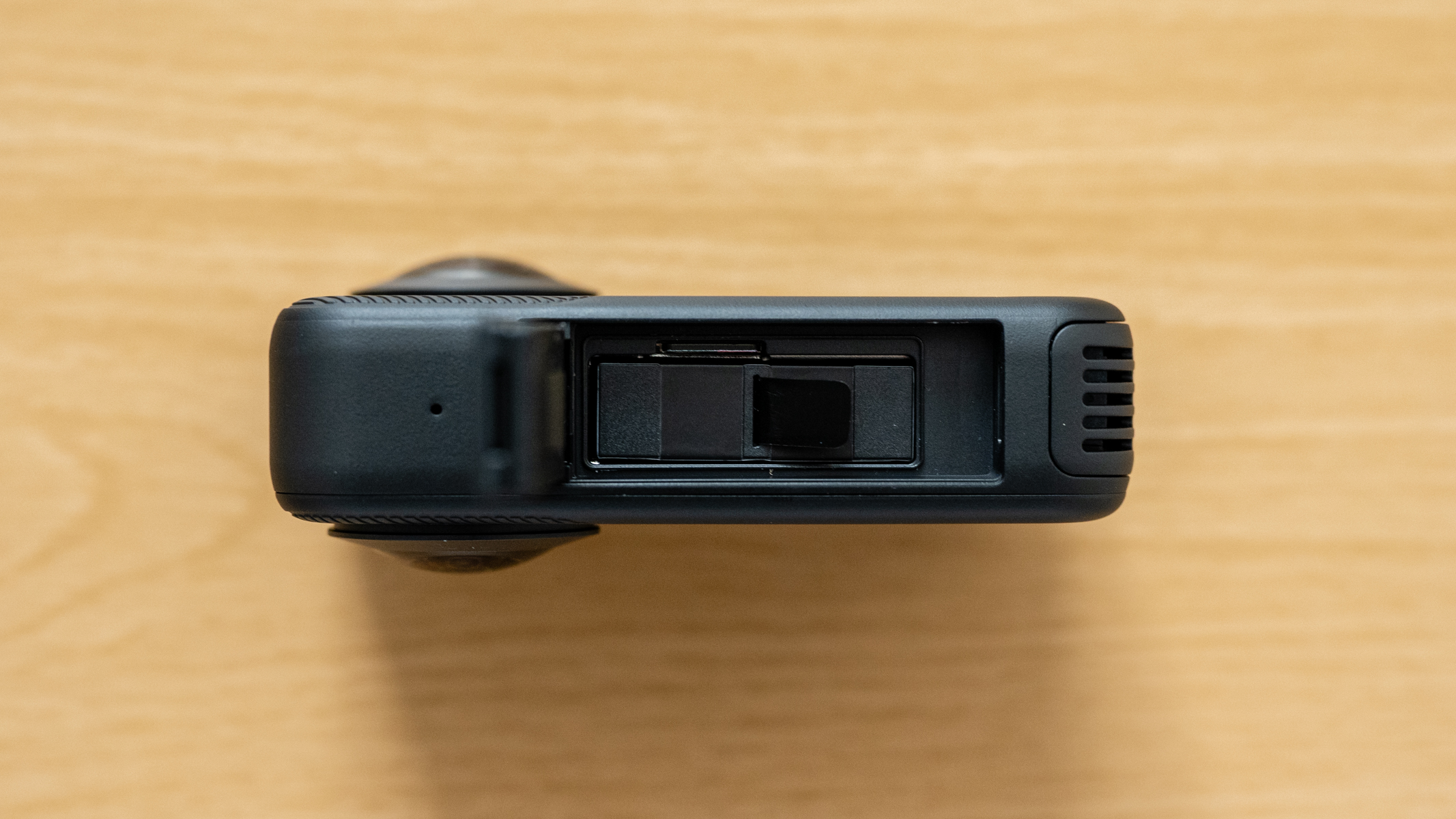
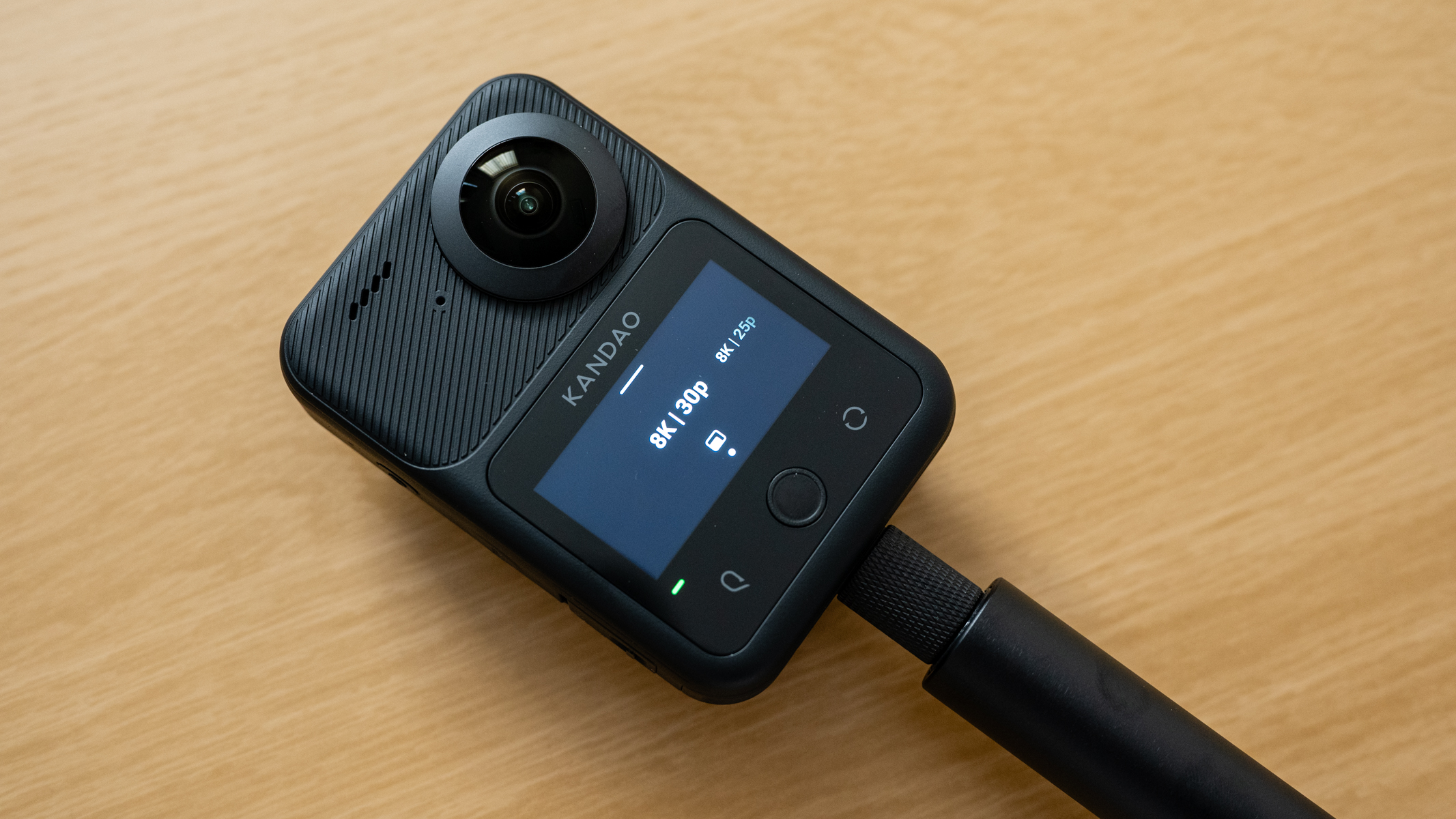
Specifications
Reasons to buy
Reasons to avoid
Kandao Qoocam 3 Ultra video sample
✅ You need the best image quality: 8K capabilities allow for maximum flexibility when cropping shots, plus 96MP photos pack plenty of detail.
✅ You want great slow-mo: Footage can be captured at 120fps using 4K to allow for footage to be slowed down.
❌ You're on a budget: The Insta360 X4 is overall a better camera and it's also cheaper – a real sucker punch to the Qoocam 3 Ultra.
❌ You want lightweight camera: At 11.85oz / 336g this is one of the heavier 360-degree cameras.
Kandao is a lesser-known 360-degree camera veteran in Insta360's shadow, and that's much to the pity because the Kandao QooCam 3 Ultra really is an excellent offering, with some of the best looking image quality available. As Kandao's best camera so far, the QooCam 3 Ultra has superb-quality 8K video and versatile slow motion options to boot. Photo resolution is unmatched too, at up to 96MP.
Beyond it's superb image quality and decent waterproofing, the QooCam 3 Ultra is a larger and heavier X4 rival, let down somewhat by its supporting desktop and app and convoluted photo editing workflows. Overall, the user experience is better with the Insta360 X4, plus the real sucker punch is how Kandao isn't in a position to compete with Insta360 price-wise – the Qoocam 3 Ultra is one of the priciest options in this guide. However, if you're looking for the best Insta360 alternative currently available, look no further.
Read our in-depth Kandao QooCam 3 Ultra review
The best 360 degree camera for 3D VR
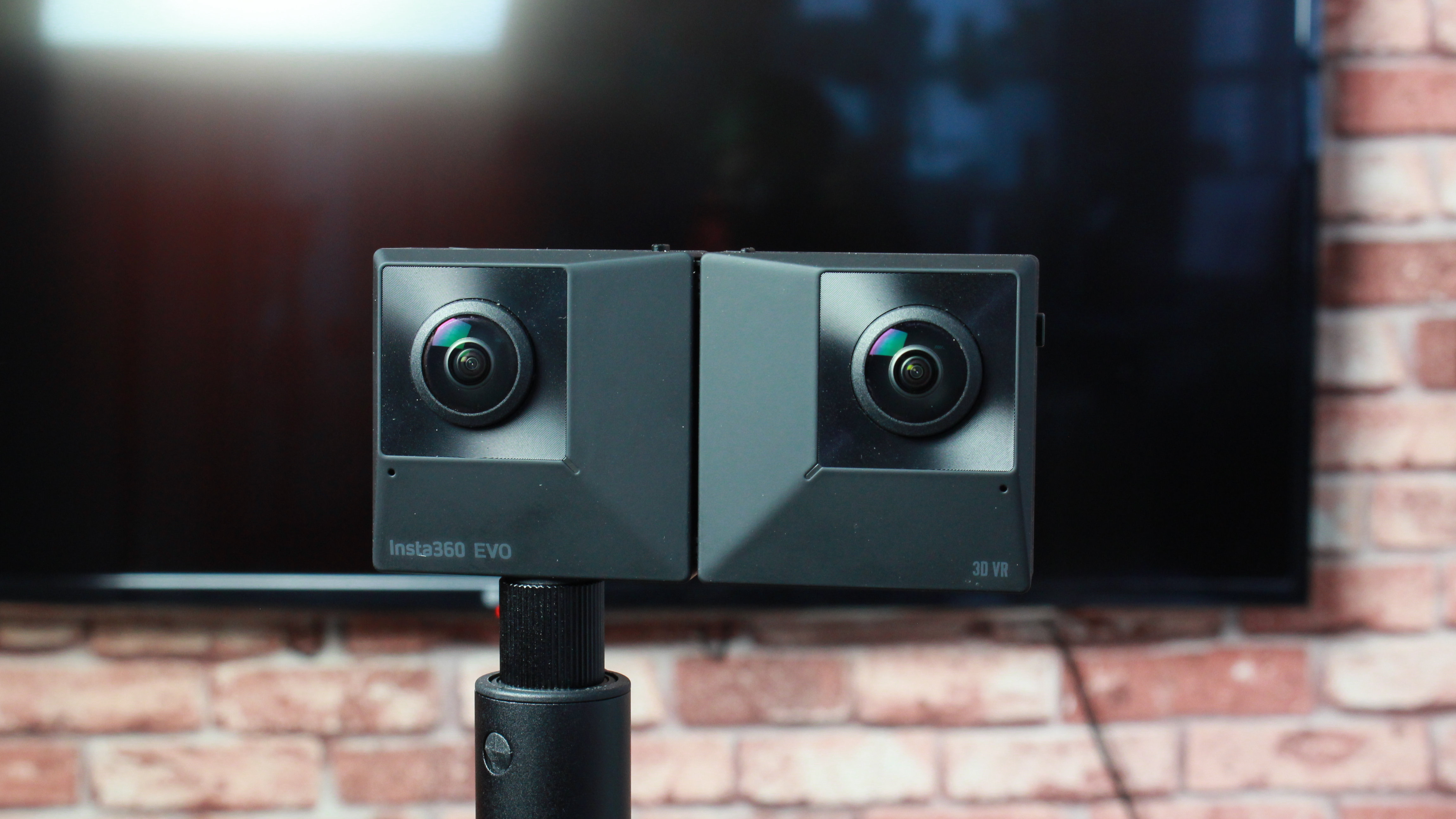
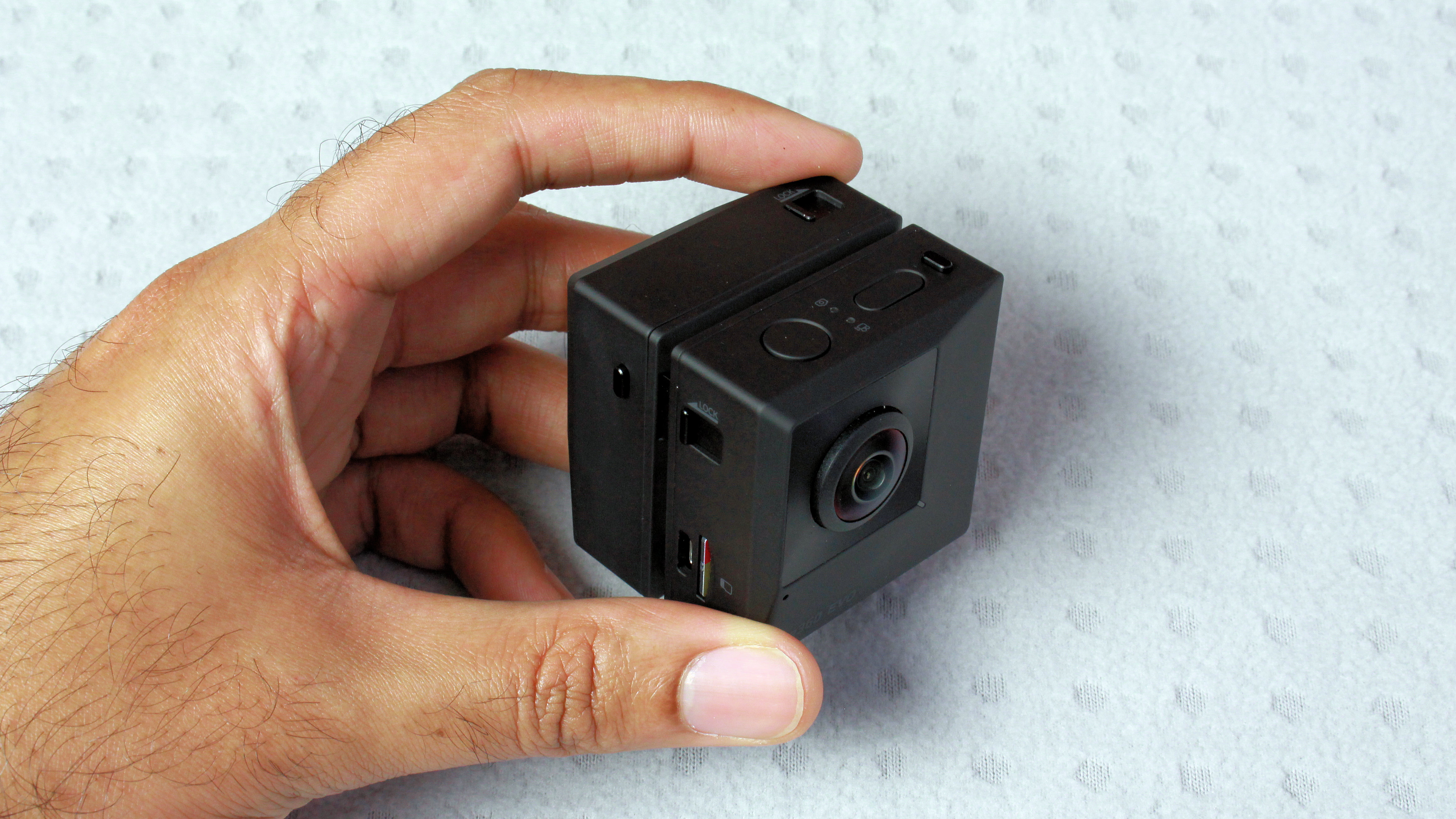
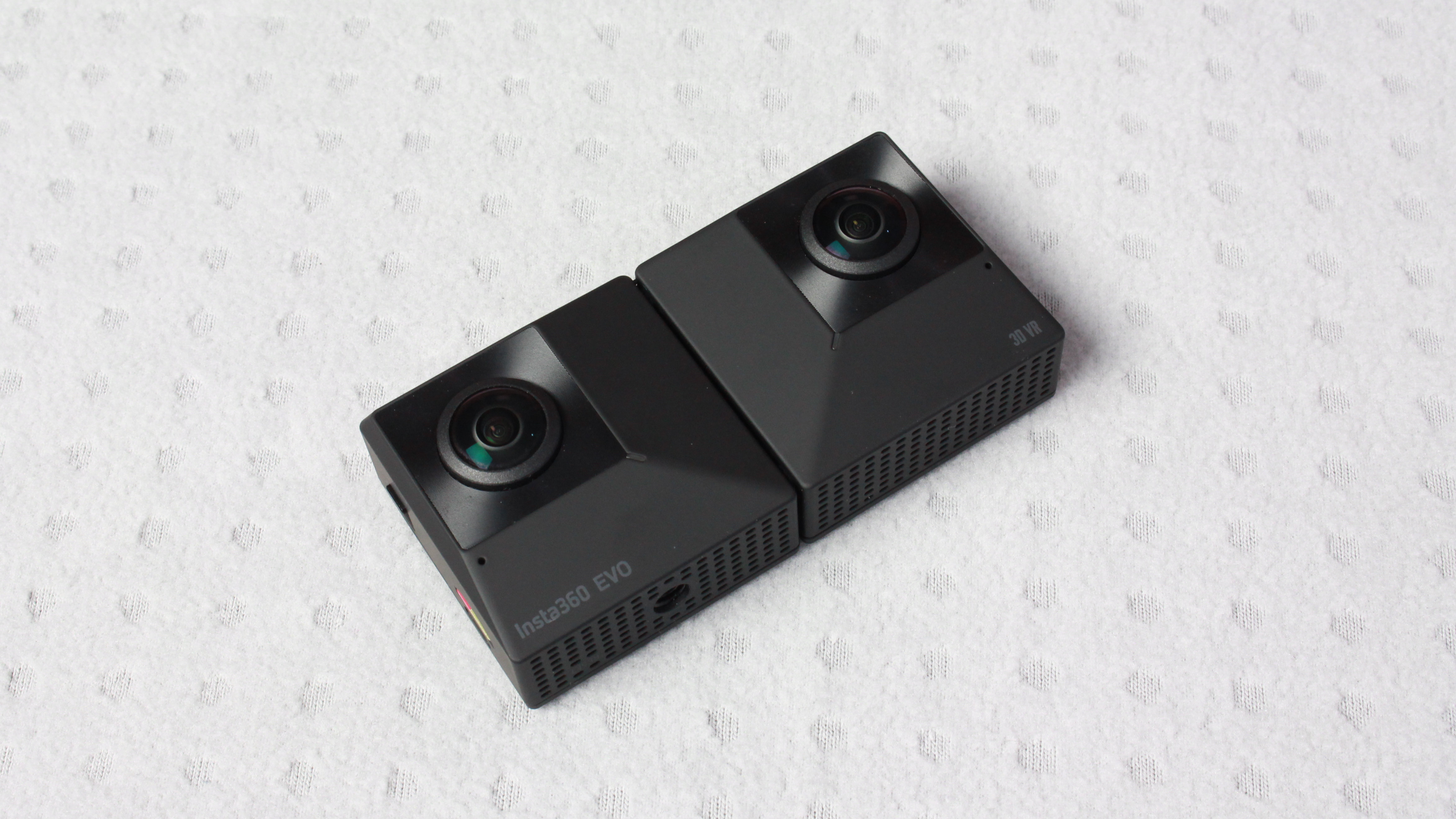
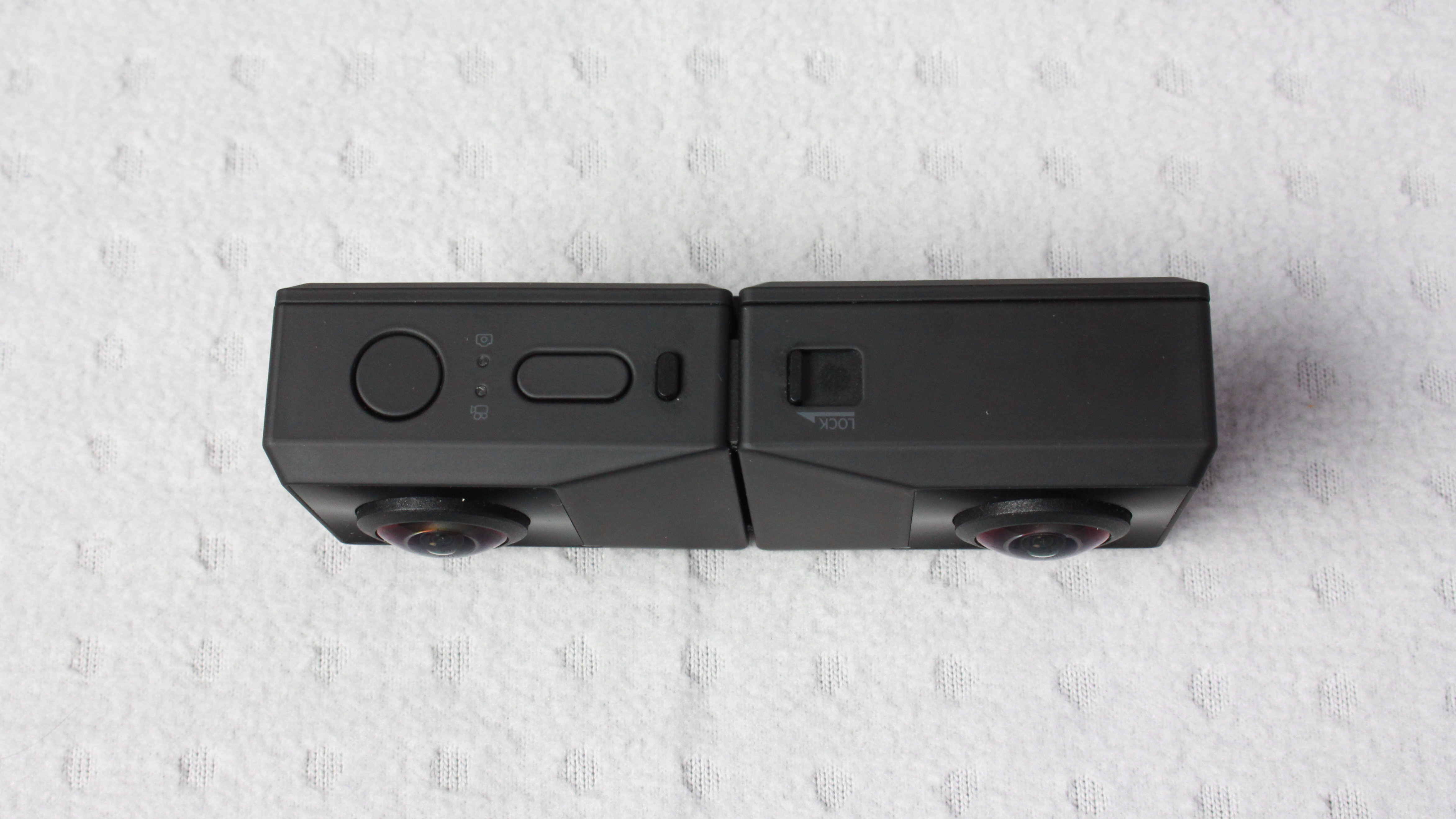
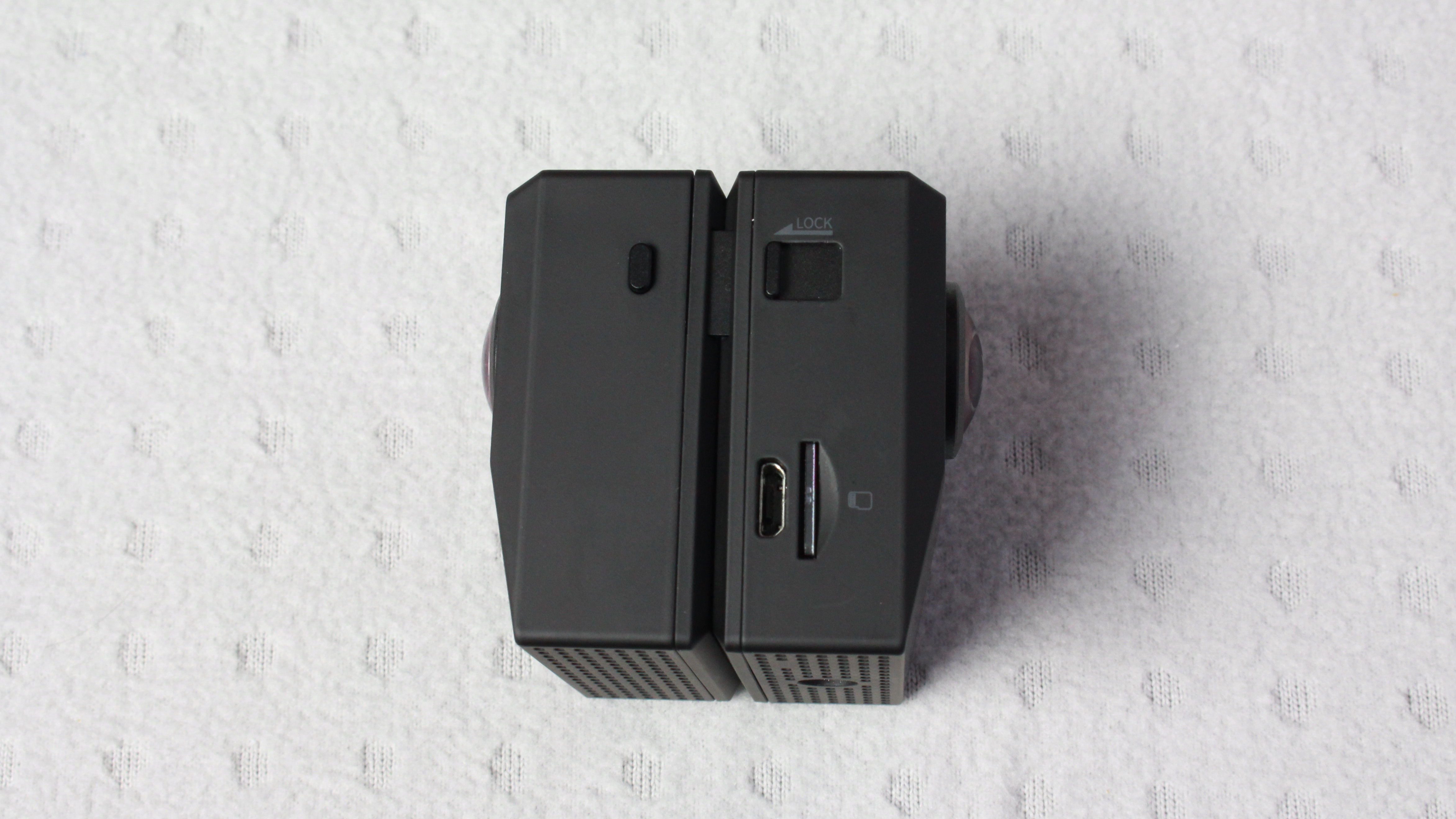
4. Insta360 Evo
Specifications
Reasons to buy
Reasons to avoid
✅ You want 3D VR footage: Side-by-side cameras capture VR footage that can be viewed with a VR headset.
✅ You need high dynamic range: Low light performance is far from ideal due to the noise levels.
❌ You want elegant design: With average build quality and larger format this isn't very pocket friendly.
❌ Additional headset required: If you want to view 3D VR footage then you'll also need a VR headset.
It might not have the elegant, pocket-friendly design of Insta360’s One X, but the Evo is a more flexible form of 360-degree camera. One minute it can function as a standard 360-degree camera with back-to-back fisheye lenses, capturing everything around it in decent 5.7K resolution. The next moment, thanks to its hinged design, both lenses will be sitting side by side facing the same direction, allowing them to capture 3D VR content with a 180-degree field-of-view. You’ll really need an Oculus or similar VR headset to appreciate the latter, however – and for most people the One X probably makes more sense.
FlowState Stabilization keeps video shake-free, enabling users to capture footage that’s both smooth and steady. The Insta360 Evo also benefits from high dynamic range capabilities, which make it ideal for shooting scenes that have extreme highlights and shadows. To top it all off, you can create cinematic sequences by slowing down or speeding up footage, all in the Insta360 app.
The best value 360 degree camera
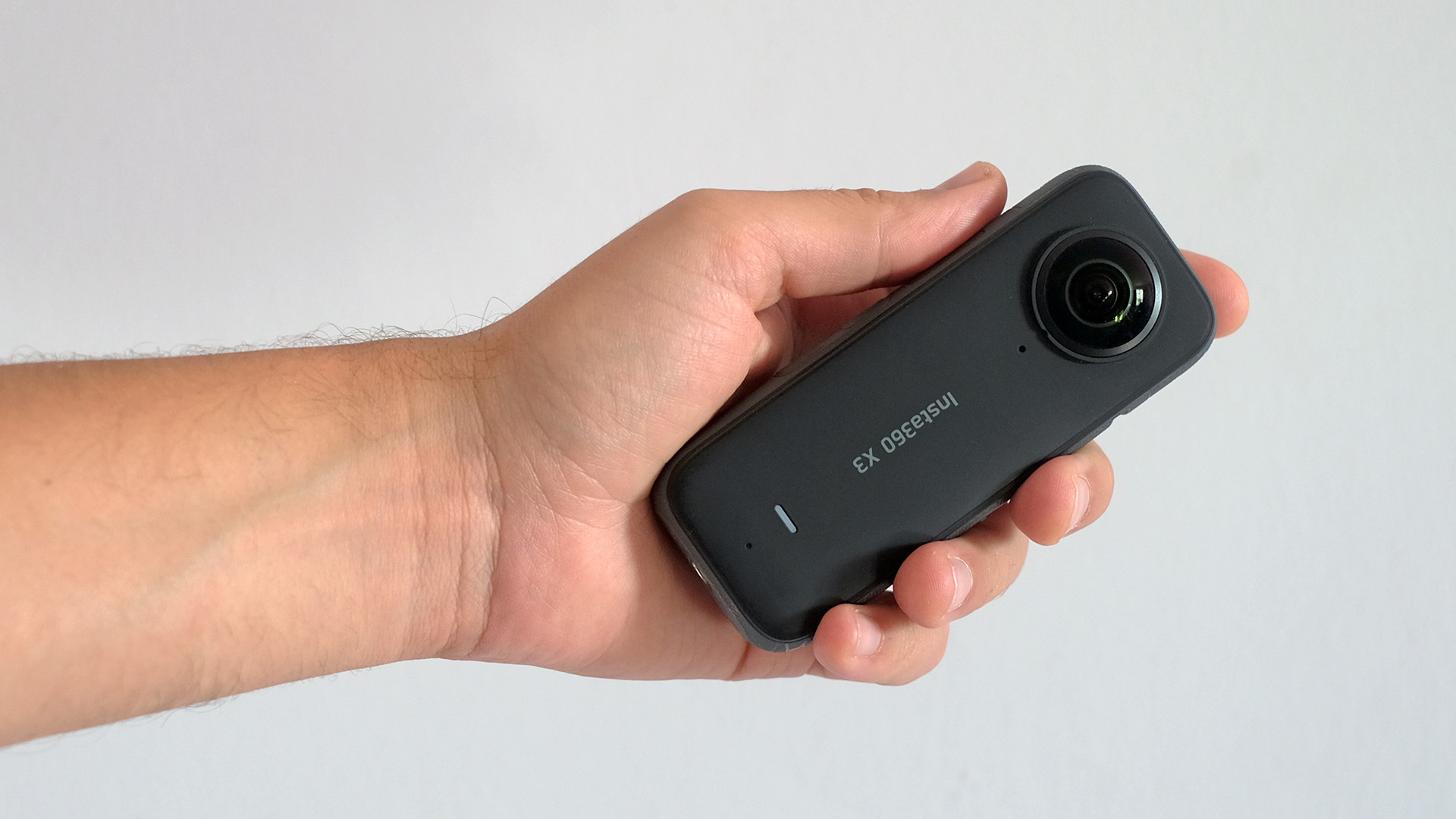
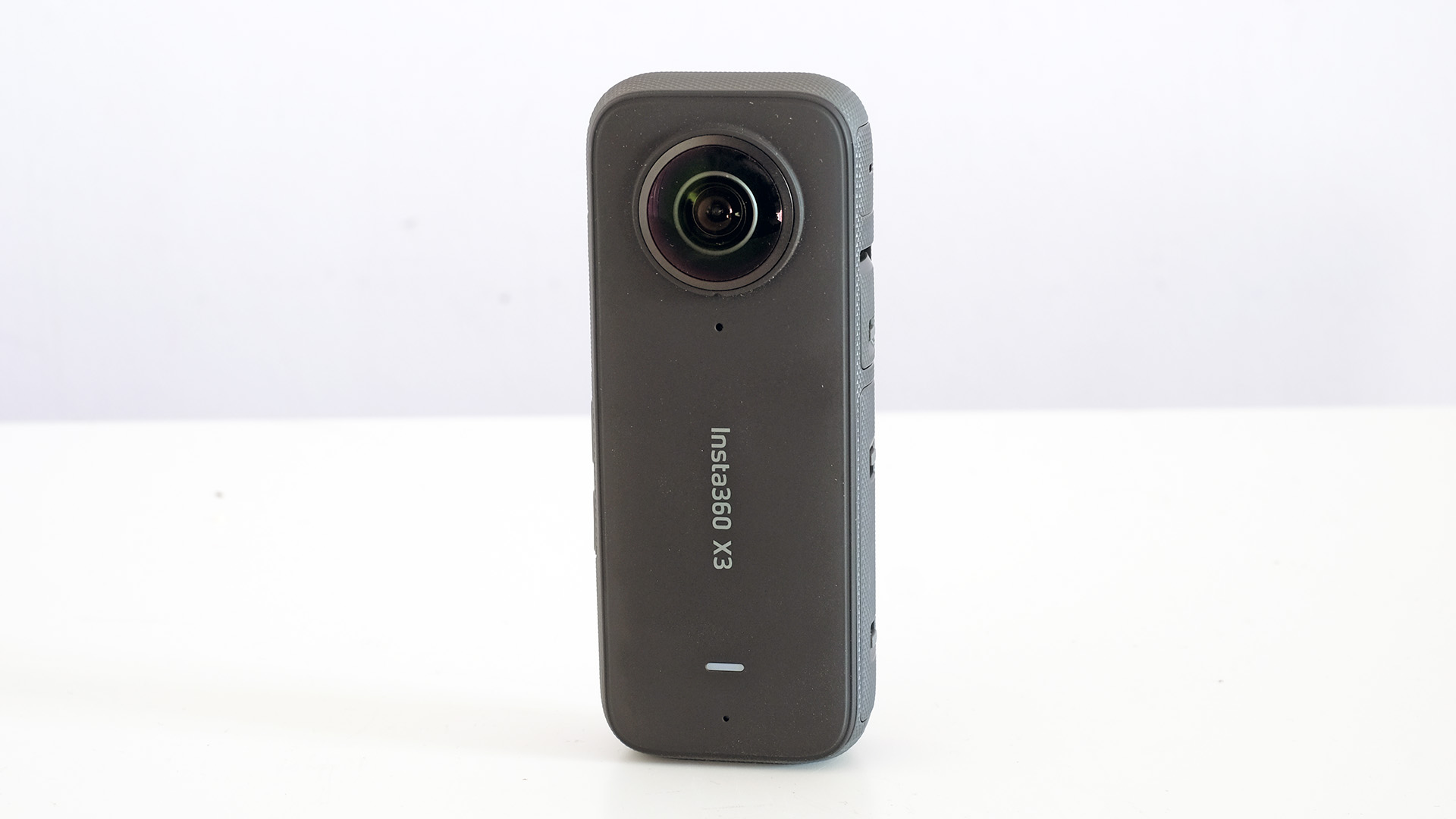
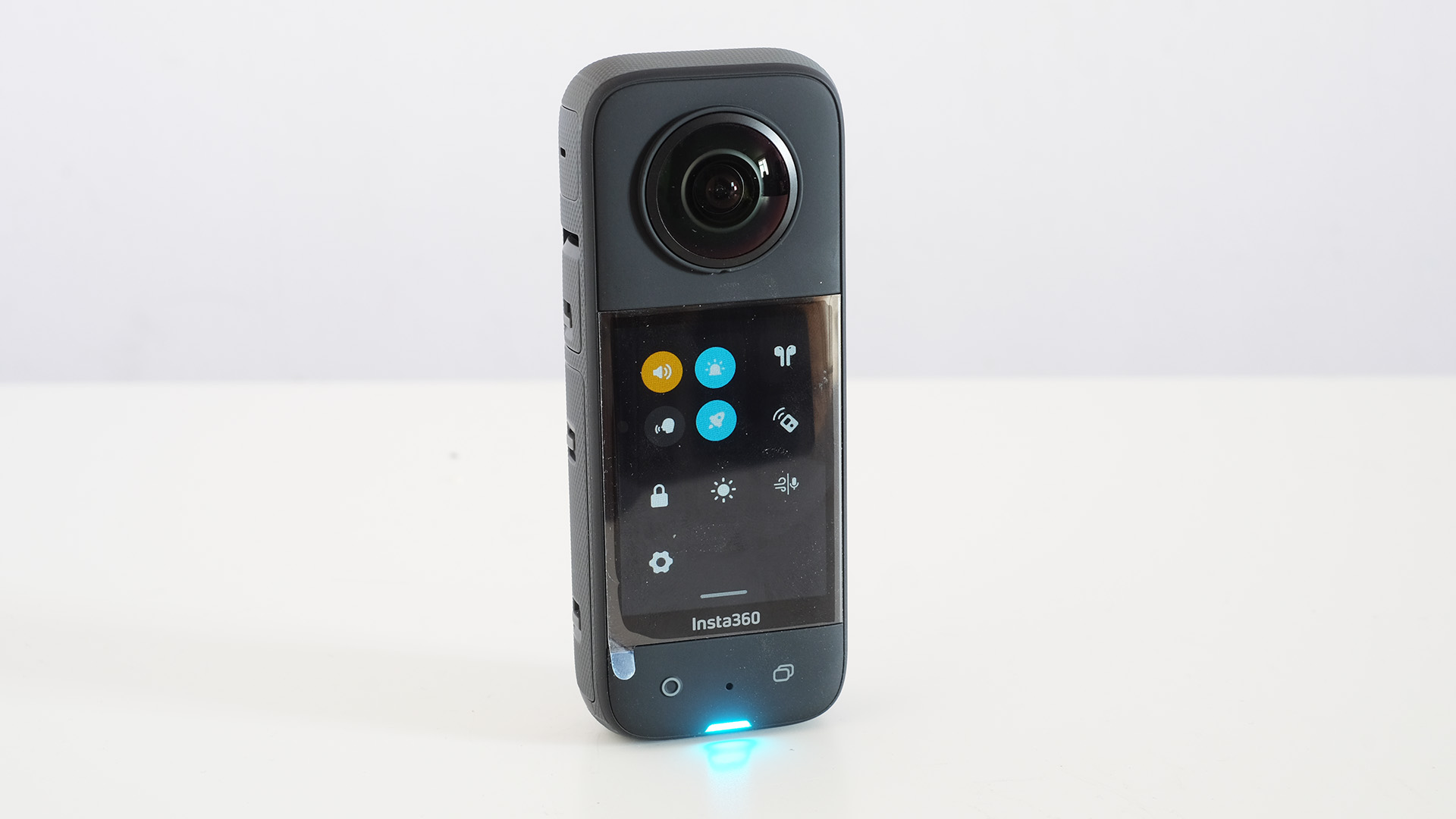
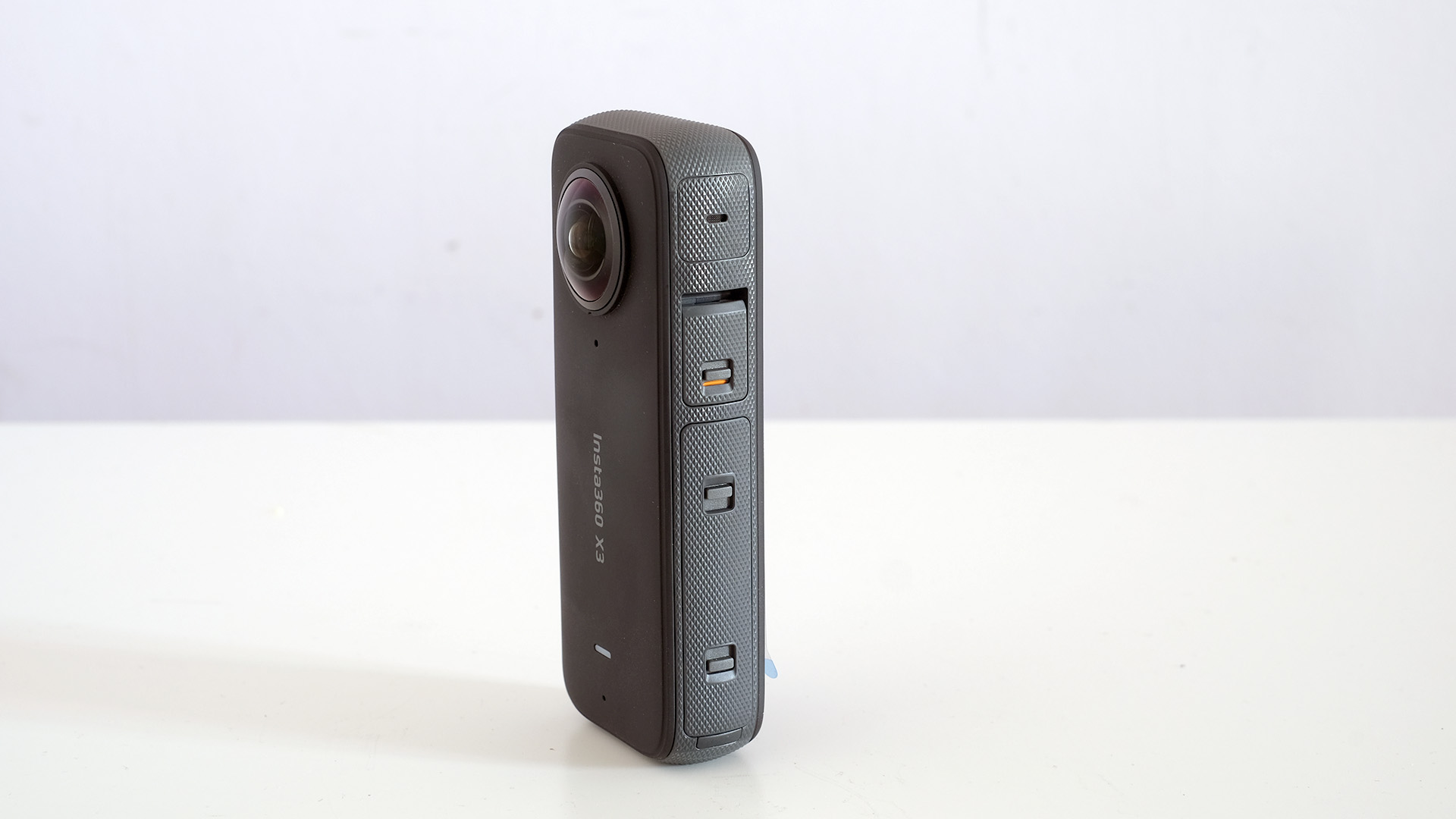
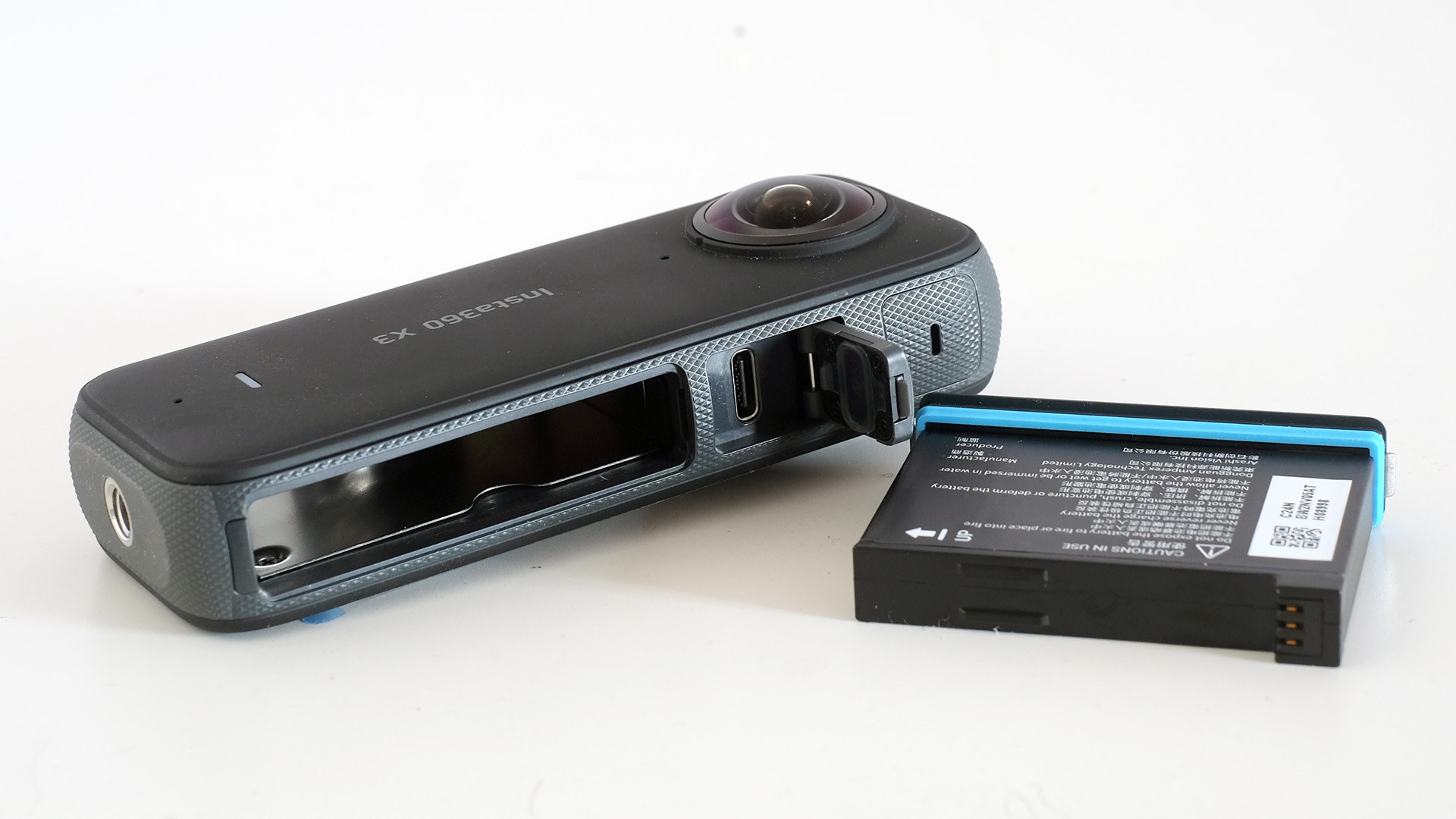
Specifications
Reasons to buy
Reasons to avoid
Insta360 X3 video sample
✅ You want a big screen: With a 2.29-inch touchscreen you'll be able to interact with menus and footage easily.
✅ You need high dynamic range: Active HDR mode works its magic at ensuring that all the necessary detail is retained in the highlights and shadows.
❌ You want natural footage: A times, the camera over processes footage and results in an overly synthetic look.
❌ You need ultra-sharpness: 4K videos do appear a little soft which means a lack of overall clarity.
The Insta360 X3 has been updated with the best 360-degree camera overall, the Insta360 X4, but it remains on sale and now represents a good value alternative if you don't need the later model's new features that include 8K video recording and improved battery life.
At the time of launch, the X3 beat the GoPro Max (yet to be updated) for single-lens 4K clarity, and it excelled when it comes to shooting 5.7K 360-degree footage. While some processing elements can appear more synthetic than a GoPro, we found its Active HDR mode was brilliant at retaining detail in highlights. The continued effectiveness of FlowState image stabilization also impressed in testing.
We felt its significantly larger 2.29-inch touchscreen made the Insta360 X3 a much easier camera to use handheld, even if there remain a few software quirks to be ironed out. Once you’re familiar with the interface, though, it’s largely a breeze. Insta360’s editing workflow also proved seamless in testing, with diverse and intuitive tools complementing the experience. Our review time revealed the claimed 81-minute battery life to be realistic, too. Add in 10m water resistance – twice that of the GoPro Max – and the Insta360 wins out in the battle of the best X4 alternatives.
Read our in-depth Insta360 X3 review
The best waterproof 360 degree camera
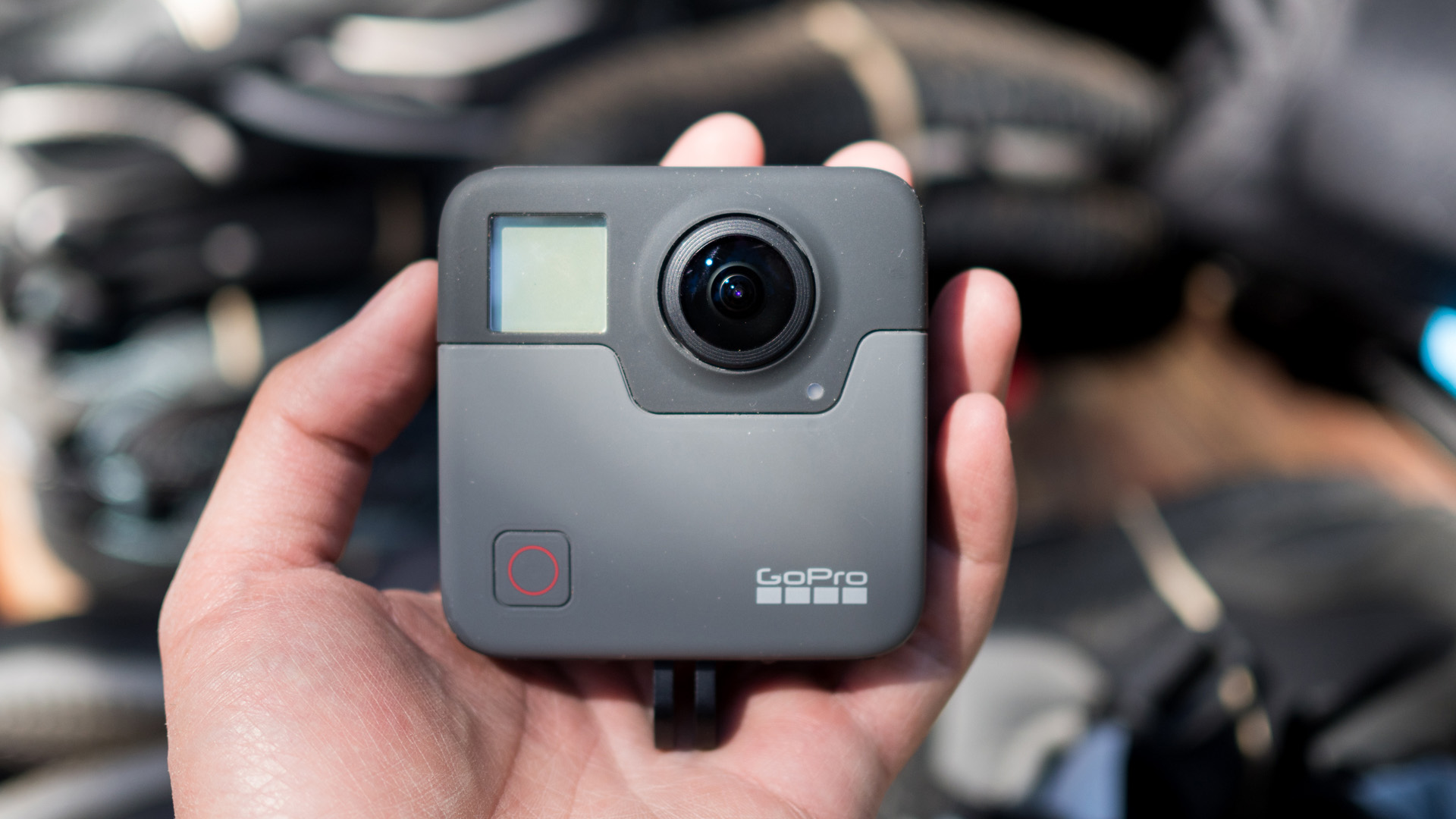
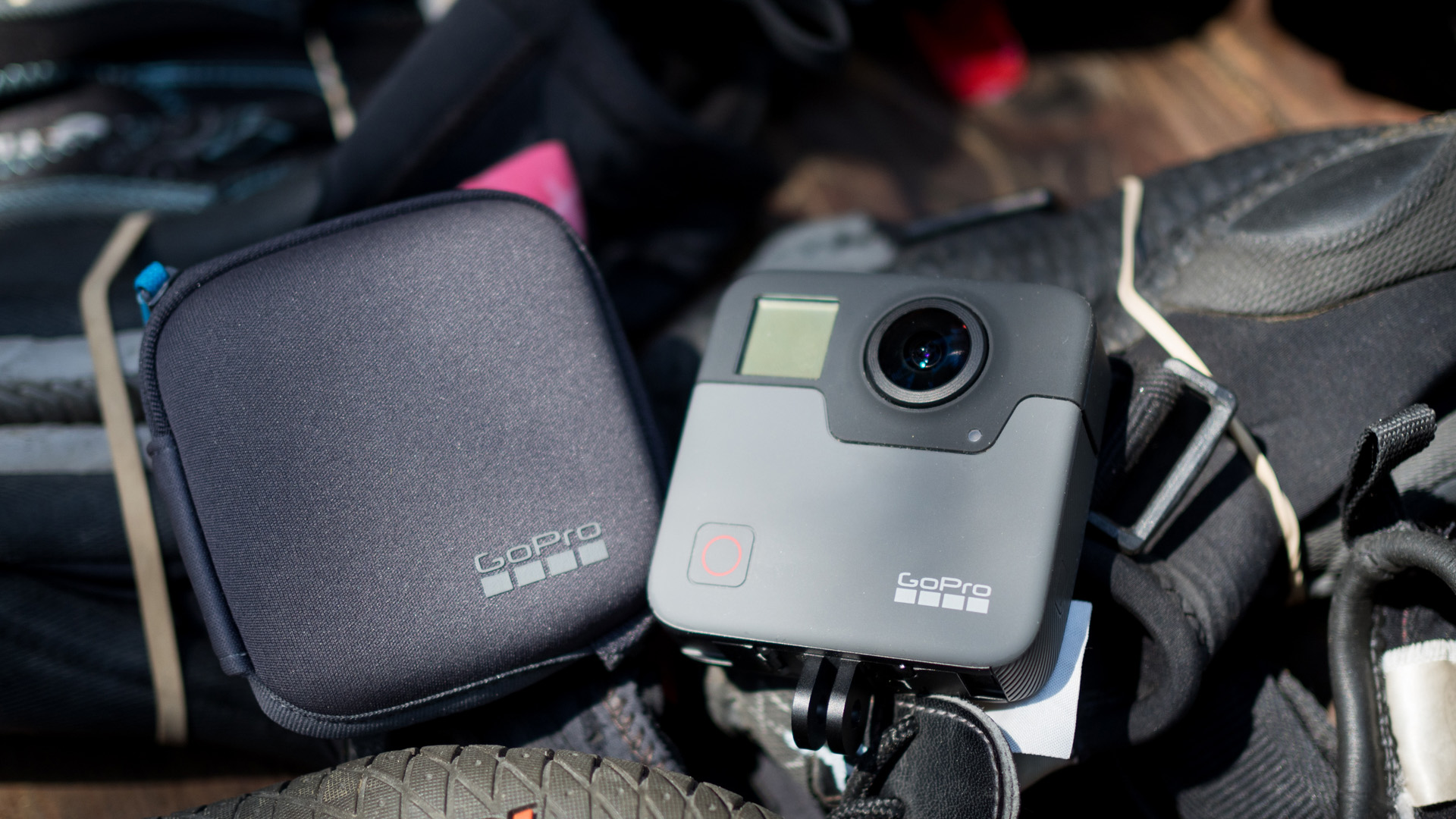



Specifications
Reasons to buy
Reasons to avoid
GoPro Fusion video sample
✅ You want durability: The rubber casing provides a durable design that is ideal for knocks and scapes.
✅ You want a waterproof solution: At 5m you'll be able to use this 360 degree camera even when there's water around.
❌ You need to live stream: With nothing to support this you'll need to look elsewhere.
❌ You want fast processing: Downloading of video takes an age and really removes the joy out of the creative process.
GoPro’s highly innovative camera has enjoyed a significant price drop since its launch, making it worth considering if you can't stretch to the newer GoPro Max. The Fusion can capture 360-degree video in 5.2K resolution at 30fps (or 3K at 60fps) which is great, but its real trick was the introduction of the OverCapture mode. Like the GoPro Max and Insta360 One X, this lets you film in 360 degrees then create a standard 16:9 video from the footage.
Add GPS, a compass, accelerometer, gyroscope, Wi-Fi, Bluetooth, 3D audio, and compatibility with existing GoPro mounts, and the waterproof (to a depth of 5m) Fusion is a powerful camera for the price. The newer GoPro Max brings a front-facing screen, a more compact design, six microphones (rather than four) and better image stabilization. The Fusion's last software update was a long time back now and the latest 360-degree cams have even better waterproofing, but the Fusion could still be worth considering if you find a good deal for it.
Read our in-depth GoPro Fusion review

How to choose
How do I choose the best 360 degree camera?
The best 360 cameras come in a range of shapes, sizes and styles. That said, most models work in a similar way: they use multiple camera modules (usually two wide-angle lenses placed back-to-back) to capture footage which can then be digitally combined to create a fully spherical video.
But there are also plenty of differences between the 360 cameras in the list above. Many 360 cameras include features such as automatic stitching (which saves you the hassle of manually aligning multiple captures) and image stabilization for steady shots. The top options, including the Insta360 X4 and GoPro Max, can also use software trickery to digitally erase compatible hand grips and selfie sticks from the frame, so you can record yourself without a big boom arm blocking your shot.
Video resolution varies from camera to camera. The best consumer 360-degree cameras shoot in 8K – and with such a wide field of view from twin ultra-wide lenses, resolution matters; if you crop down to a flat frame, the resolution will be much lower.
This cropping functionality allows you to extract a standard ‘flat’ video from the 360-degree footage. This means you can shoot everything that’s going on around you, then select an area of focus when you’re back home. This is particularly useful for fast-moving and unpredictable subjects, such as safari animals or extreme sports enthusiasts.
The relevance of other features, such as GPS, Wi-Fi and slow-mo modes, will depend on what and how you like to record. Many of the best 360-degree cameras feature creative shooting tools and handy connectivity features, plus smartphone apps which make editing and sharing easier.
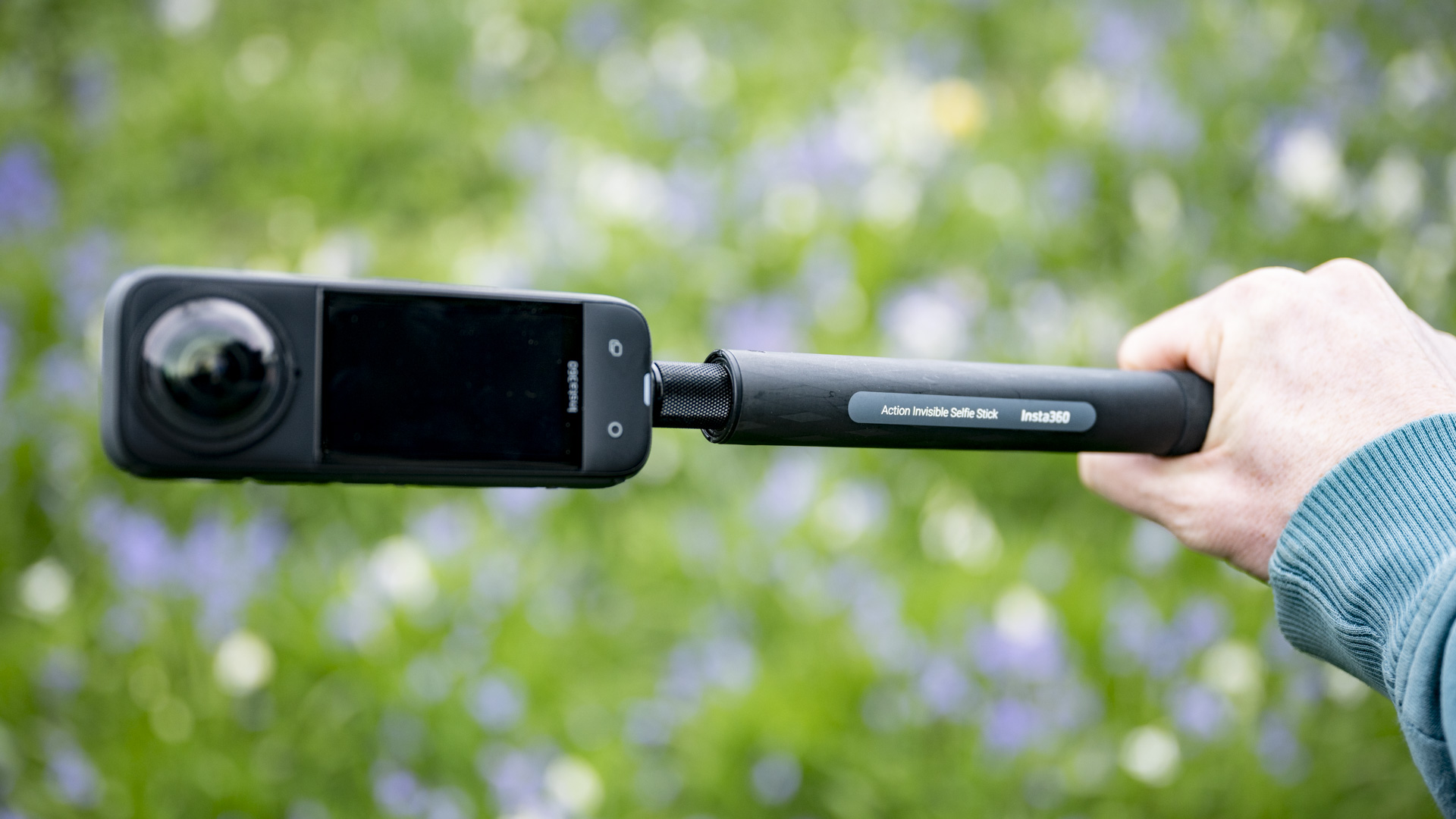
What’s the best 360 camera for virtual tours?
360-degree cameras are a great choice for shooting immersive virtual tours. Upload 360-degree images or video to a compatible hosting platform (such as Facebook or CloudPano) and visitors will be able to explore a location in full 360 degrees from the comfort of their home. This is particularly useful for venues such as a hotels and museums, as well as real estate listings.
The right 360-degree camera for your virtual tour will depend primarily on whether you plan to shoot a video tour or a static photo tour.
It’s possible to create a virtual tour simply by walking around a location while recording video. If this will be your approach, any of the top cameras in the list above should produce smooth, sharp 360-degree footage. The Insta360 X4 and Kandao QooCam 8K Ultra can capture detailed 8K video and benefit from SuperSteady stabilization smarts (although file sizes for 8K video are much larger and may be compressed by certain platforms).
Most virtual tours use 360-degree stills shot by a tripod-mounted camera. The best 360 cameras in 2025 can capture sharp, immersive images which are perfect for virtual tours. The Insta360 X4 is again a great option here: it shoots dynamic still images at a resolution of 72MP (the highest of any camera in our list), allowing viewers to pan around sharp virtual scenes. It also features a tripod mount on its base for easy positioning.
If you’re looking for a less expensive option of our favorite 360 camera, the Insta360 X3 is an affordable way to shoot 360 stills for virtual tours. It also features a tripod mount and captures 360 stills at a respectable 18MP.

How we test 360 degree cameras
Our reviews are always hands on and actively compare cameras to previous versions or alternative models. We look at various elements, including design, features, performance, and image and video quality.
First up is the camera's design. During this step, we're wanting to get an idea of how the camera handles. Is it small or big, light or heavy, and is that positive or negative for the target audience? We'll put the user interface through its paces and decide how user-friendly and intuitive the workflows are. All of this will be done utilising the built-in touchscreen, which will be assessed for size, quality, and responsiveness.

360-degree cameras are well known for having various modes and feature sets that complement the core 360-degree filming functionality. We test all of these features to see how good they are and whether they are usable in a production context. While doing this, we'll use a formatted SD card to capture both video and photos to enable us to comment on the performance as it relates to quality, low-light performance, and battery life.
These types of cameras rely heavily on the use of a companion app, which we also download and test. If the app unlocks specific features or enables a live-feed view, then we'll comment on that too.
After all our testing is complete, we take everything we've learned about the camera and factor in its price to get a sense of the value-for-money it offers before reaching our final verdict.
Get daily insight, inspiration and deals in your inbox
Sign up for breaking news, reviews, opinion, top tech deals, and more.

Tim is the Cameras editor at TechRadar. He has enjoyed more than 15 years in the photo video industry with most of those in the world of tech journalism. During his time as Deputy Technical Editor with Amateur Photographer, as a freelancer and consequently editor at Tech Radar, Tim has developed a deeply technical knowledge and practical experience with cameras, educating others through news, reviews and features. He’s also worked in video production for Studio 44 with clients including Canon, and volunteers his spare time to consult a non-profit, diverse stories team based in Nairobi. Tim is curious, a keen creative, avid footballer and runner, and moderate flat white drinker who has lived in Kenya and believes we have much to enjoy and learn from each other.
- Paul HattonFreelance writer